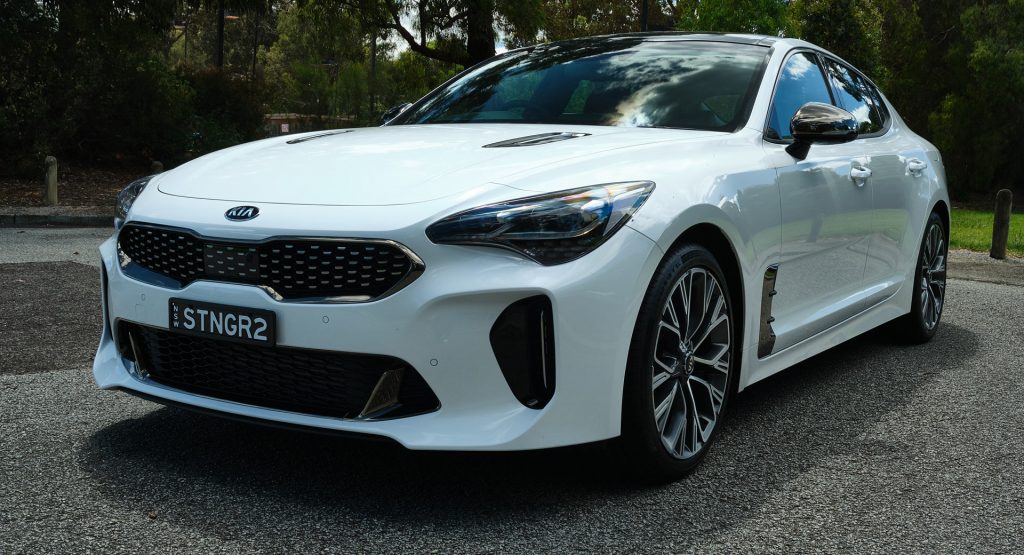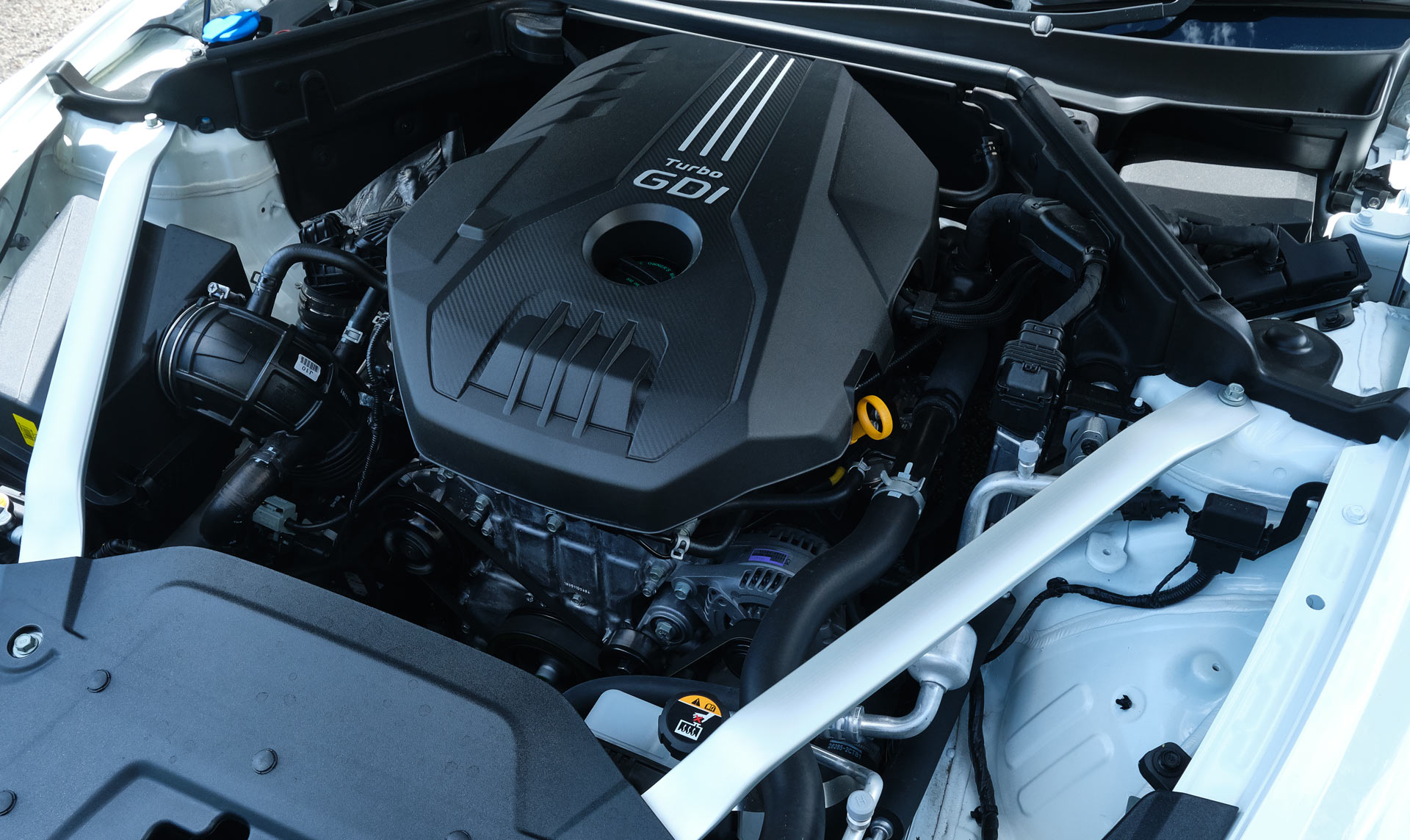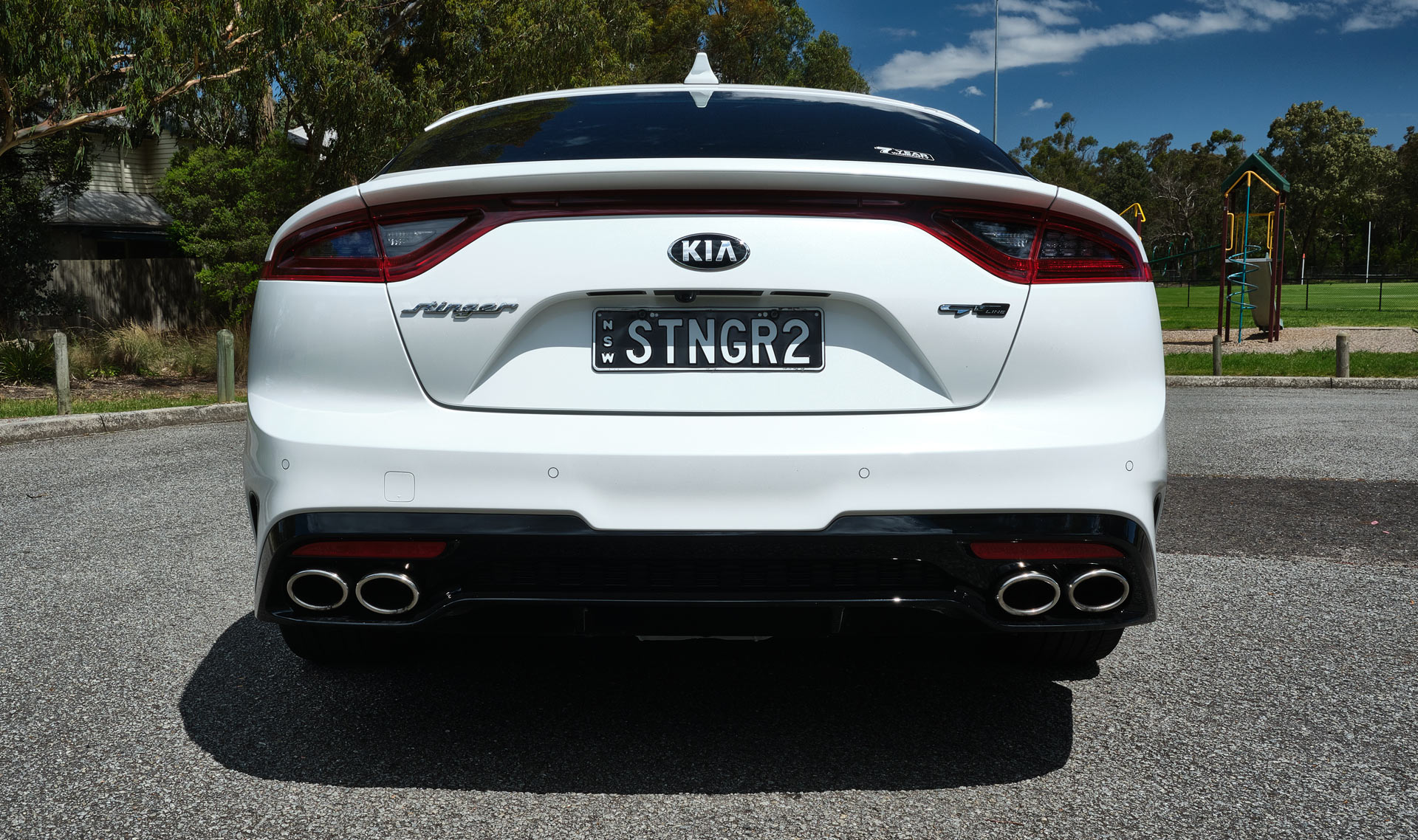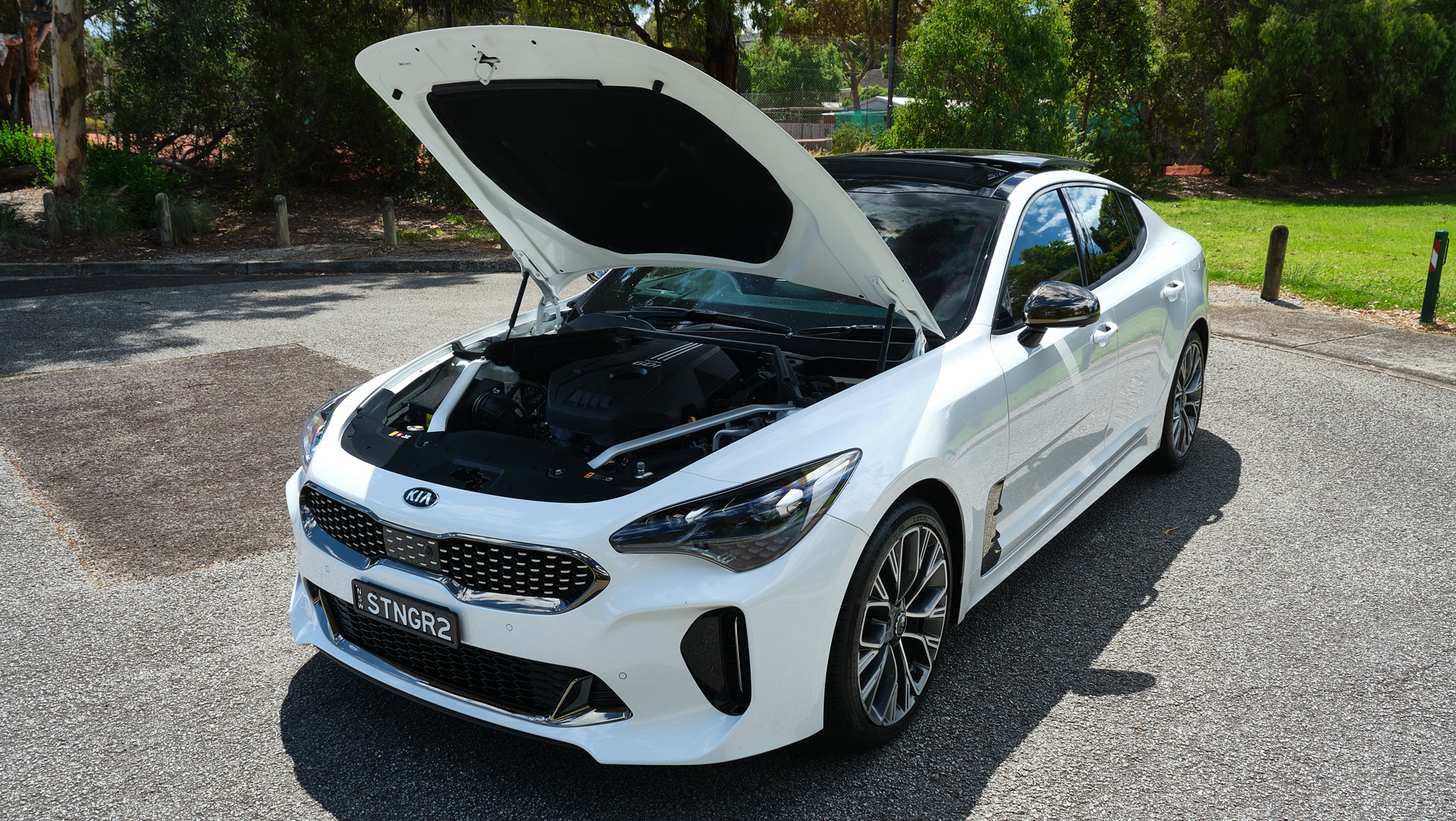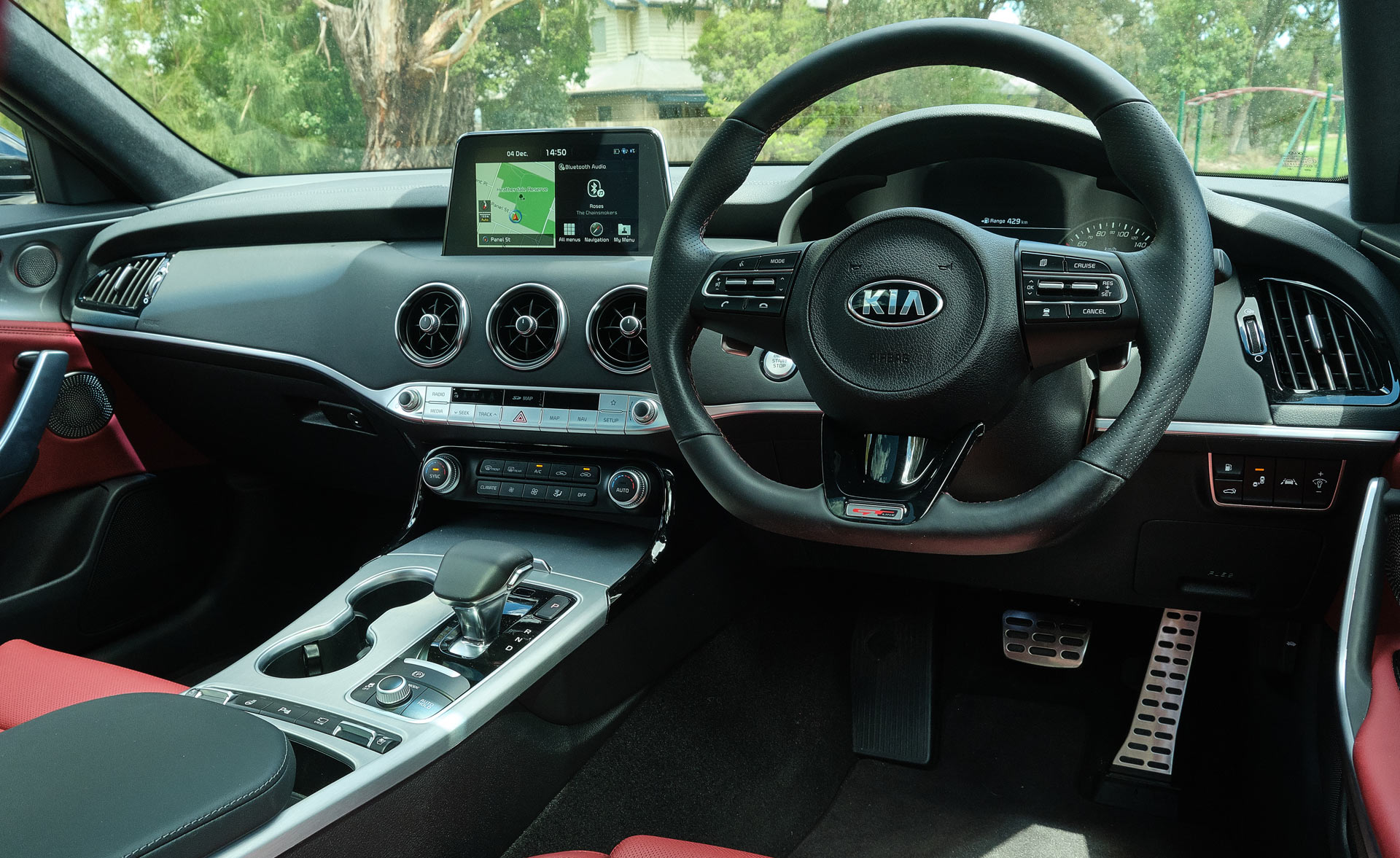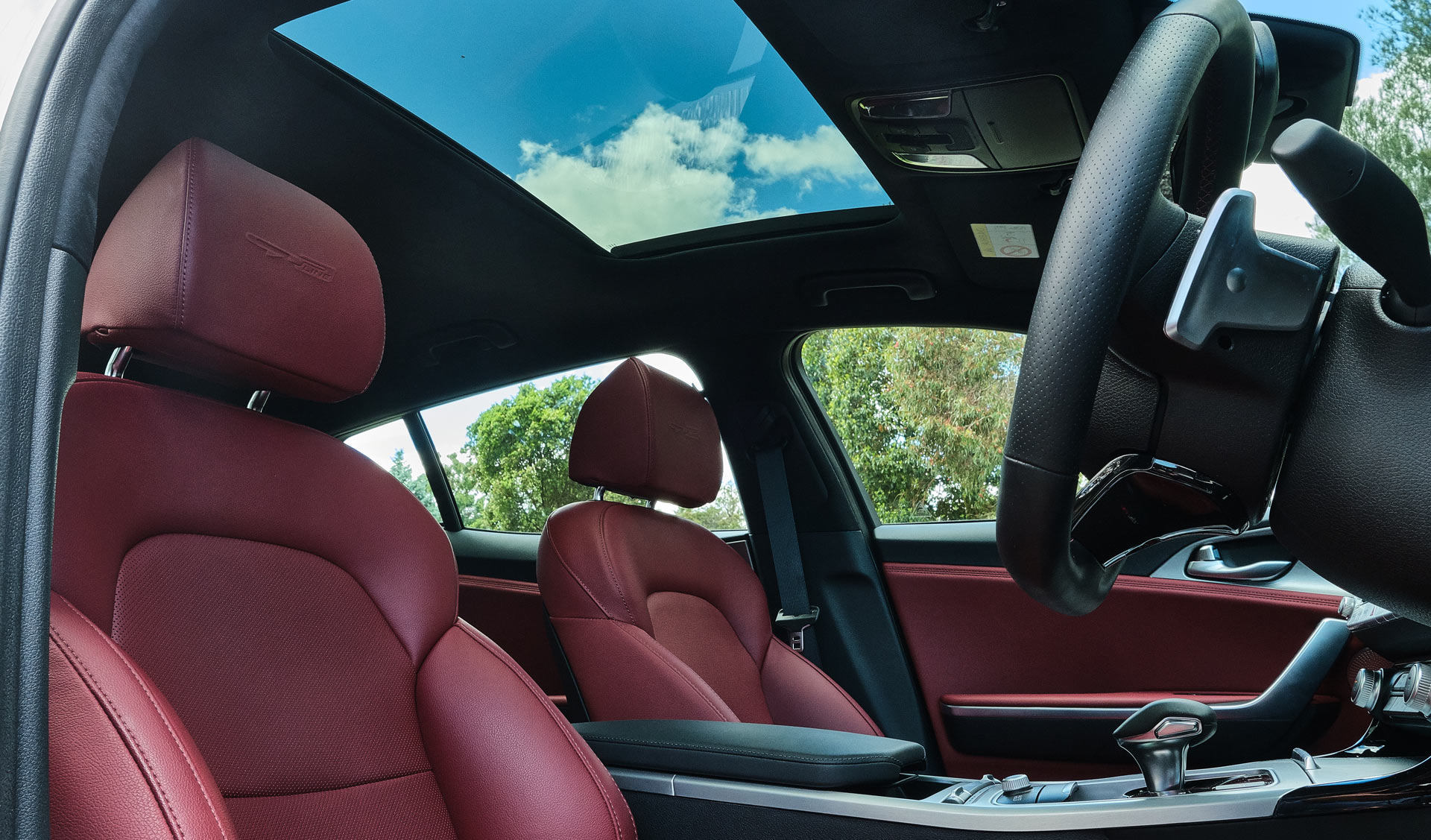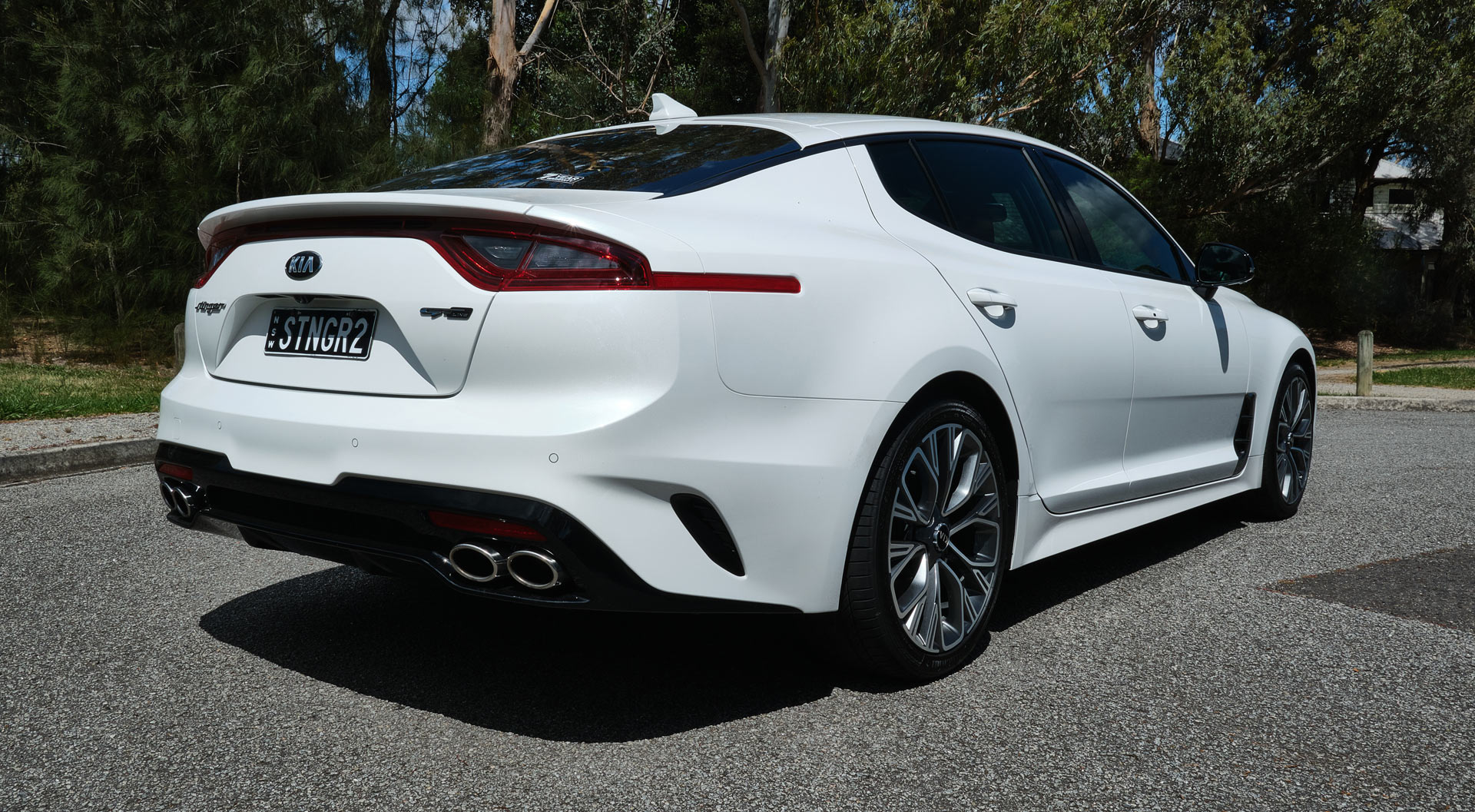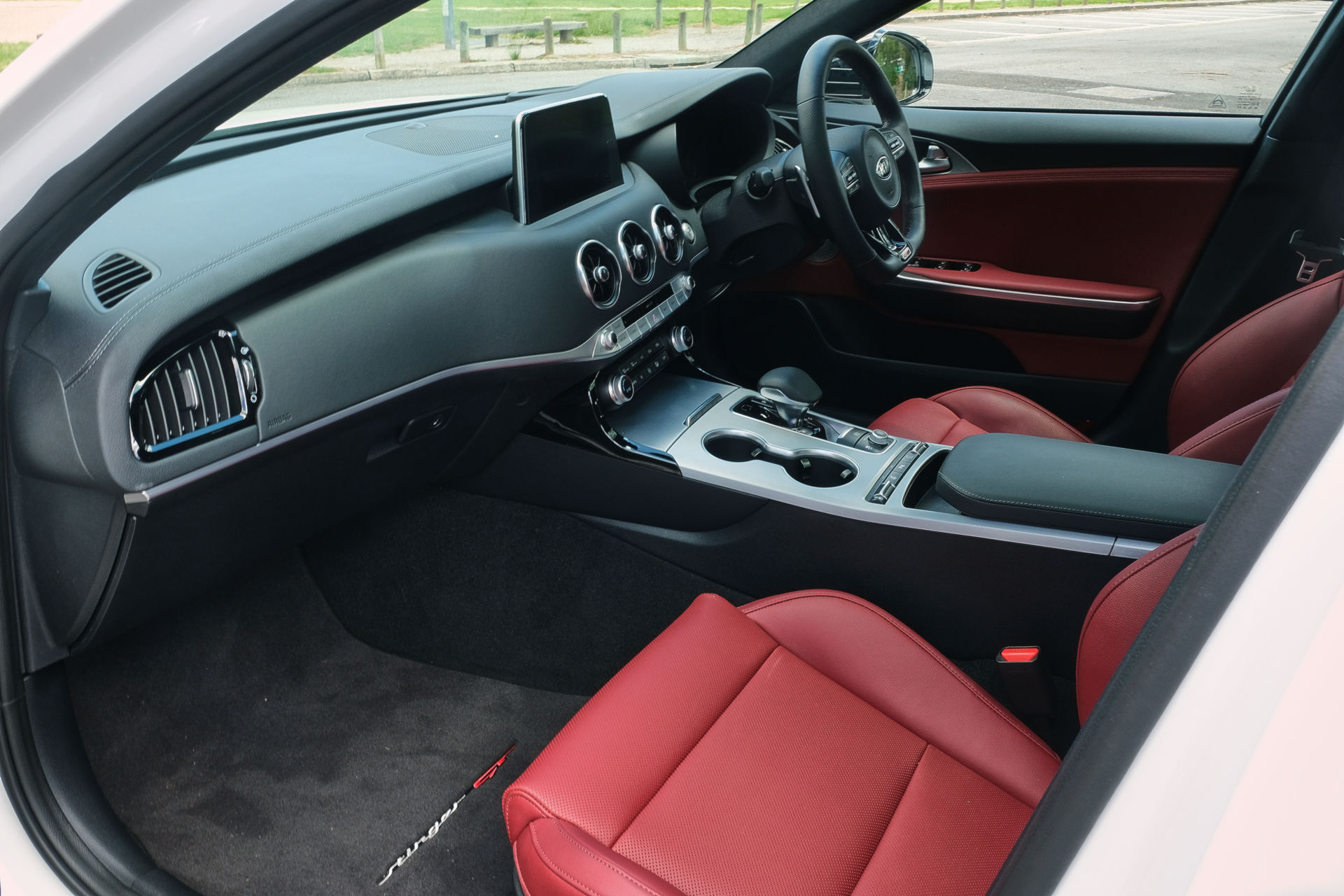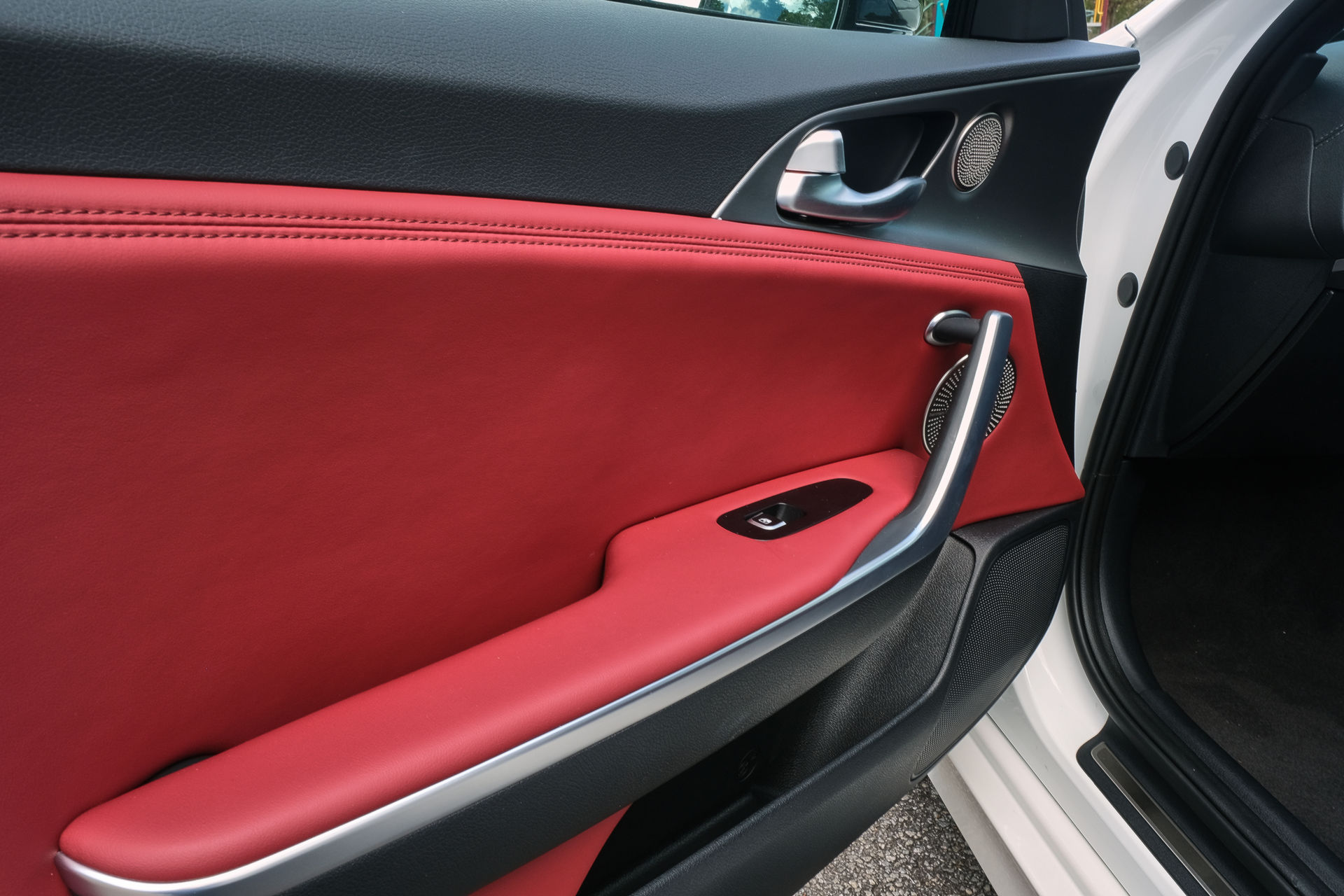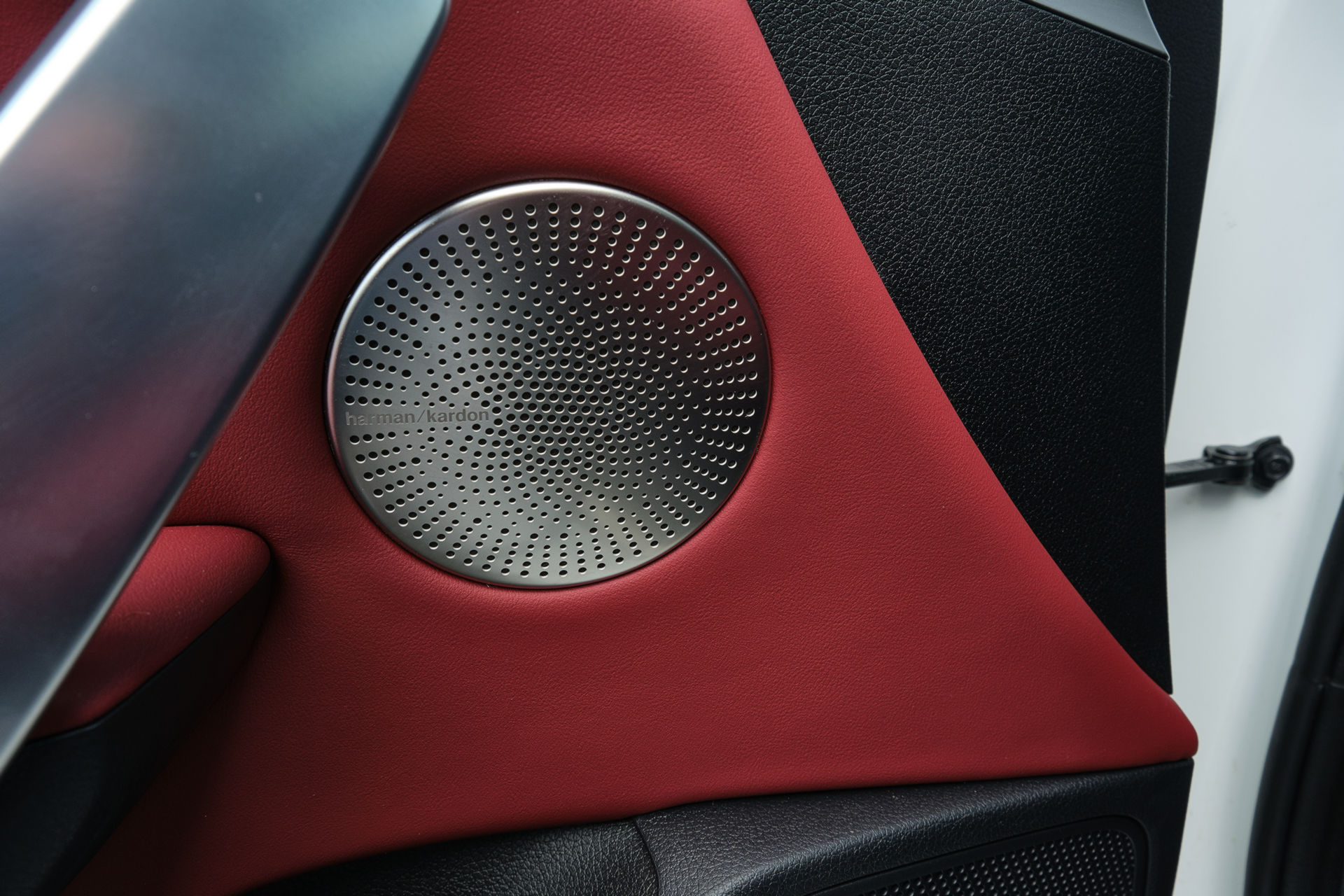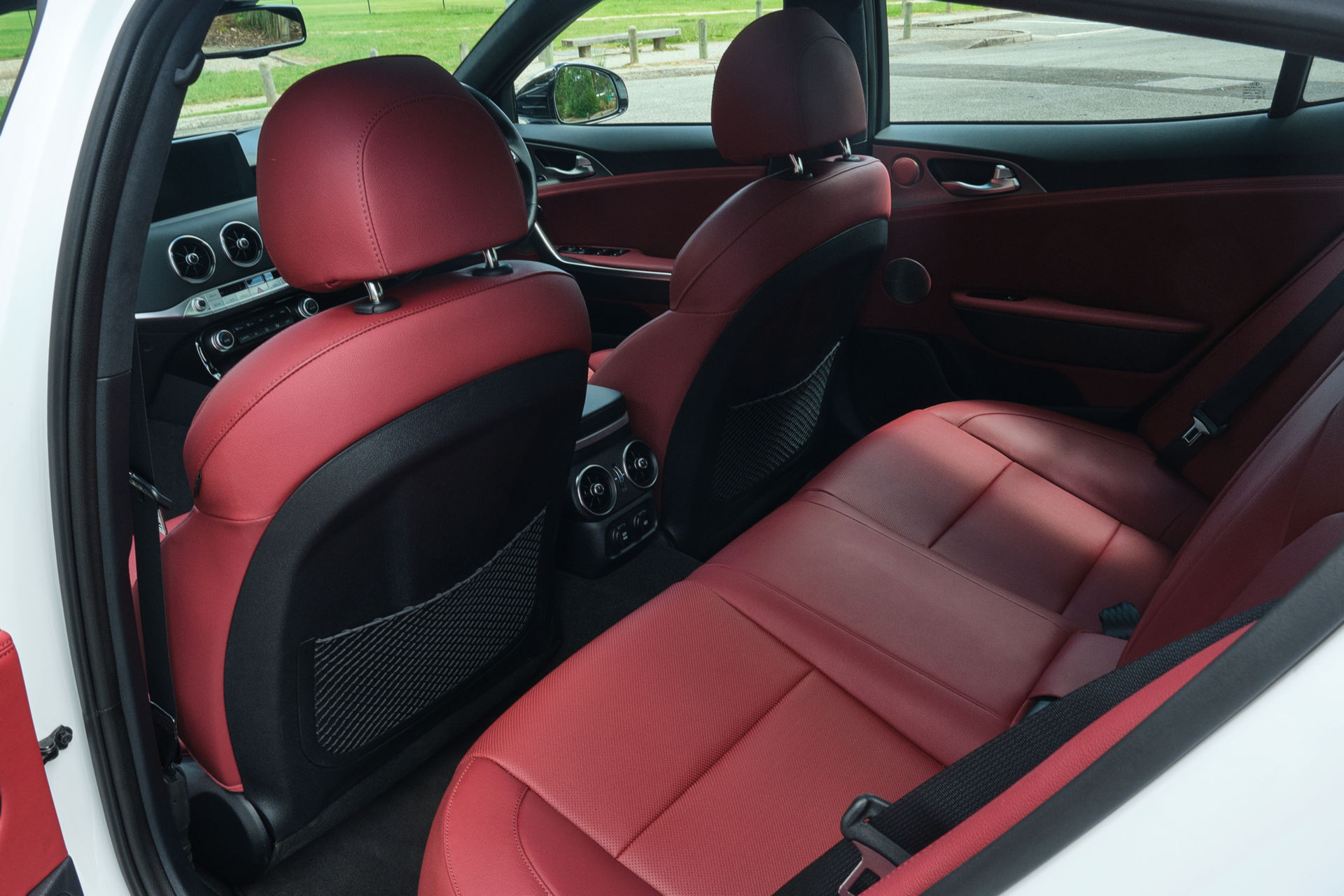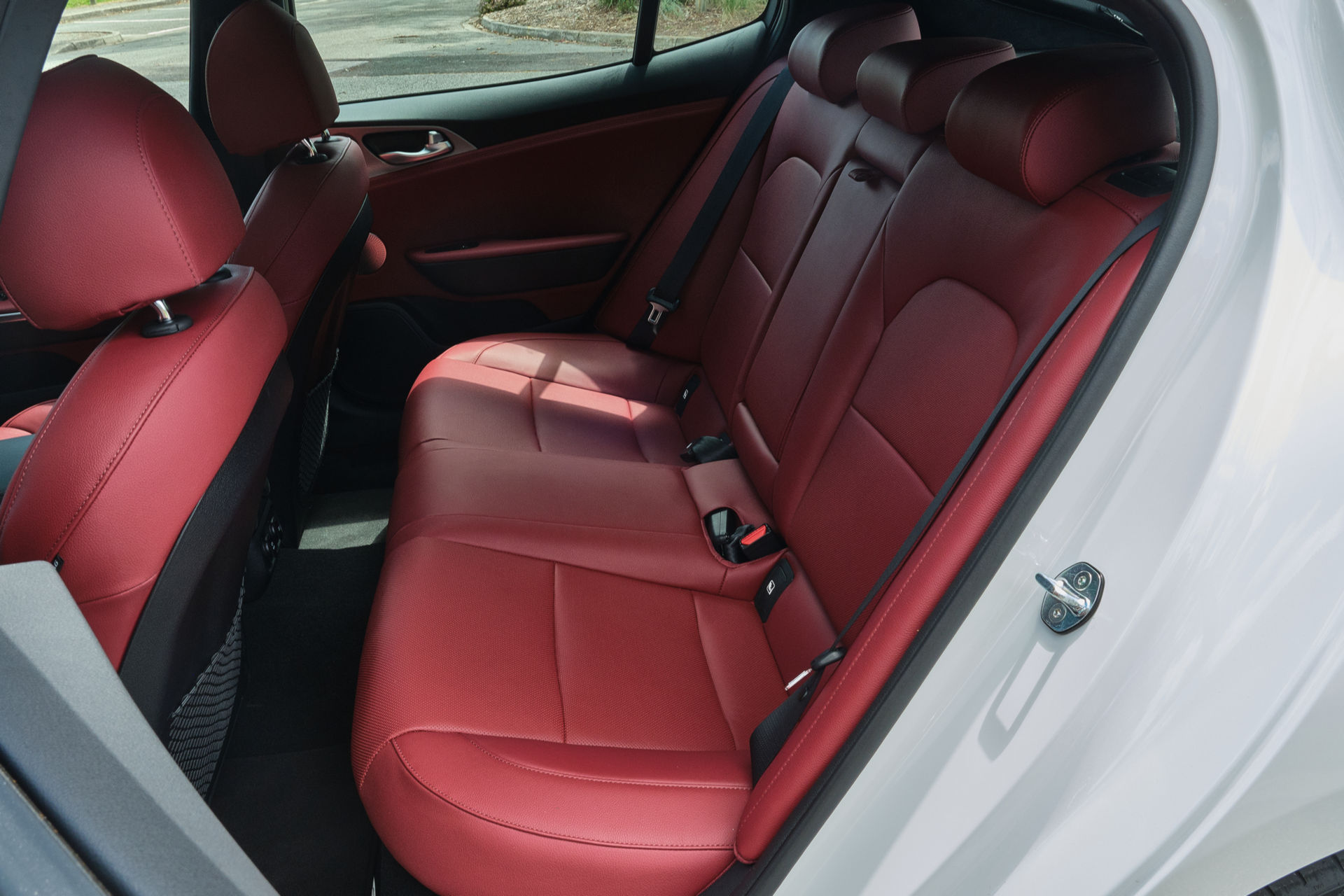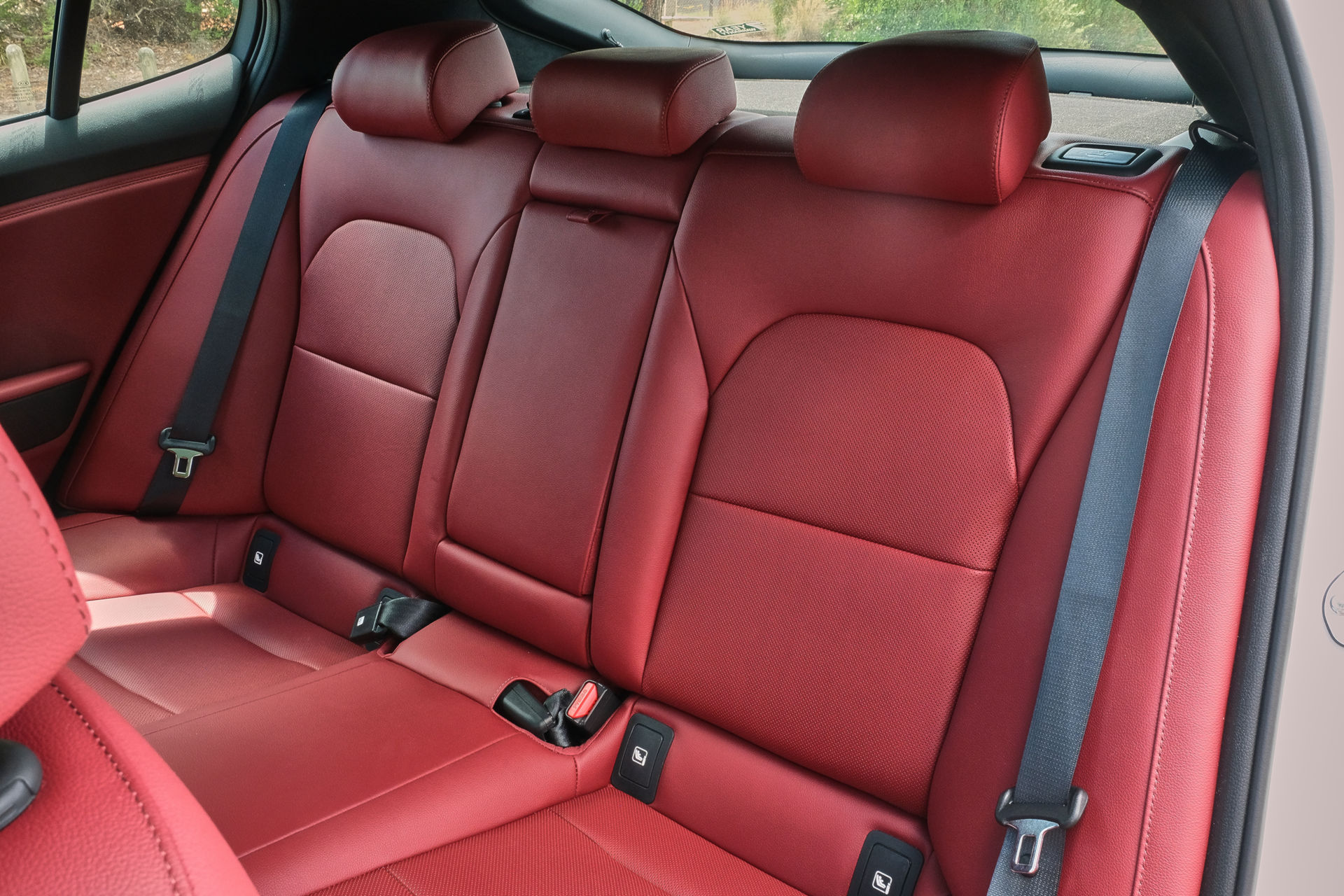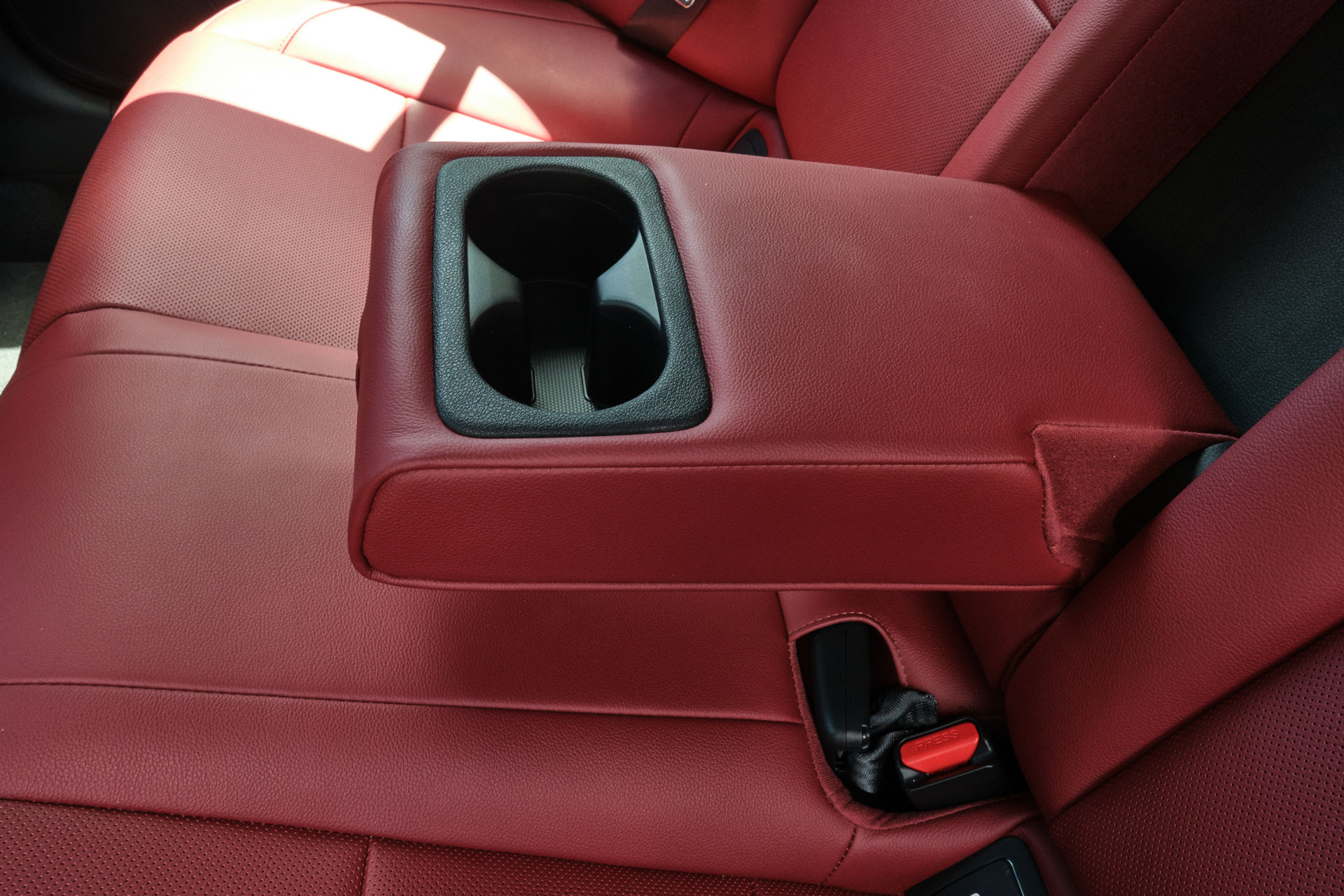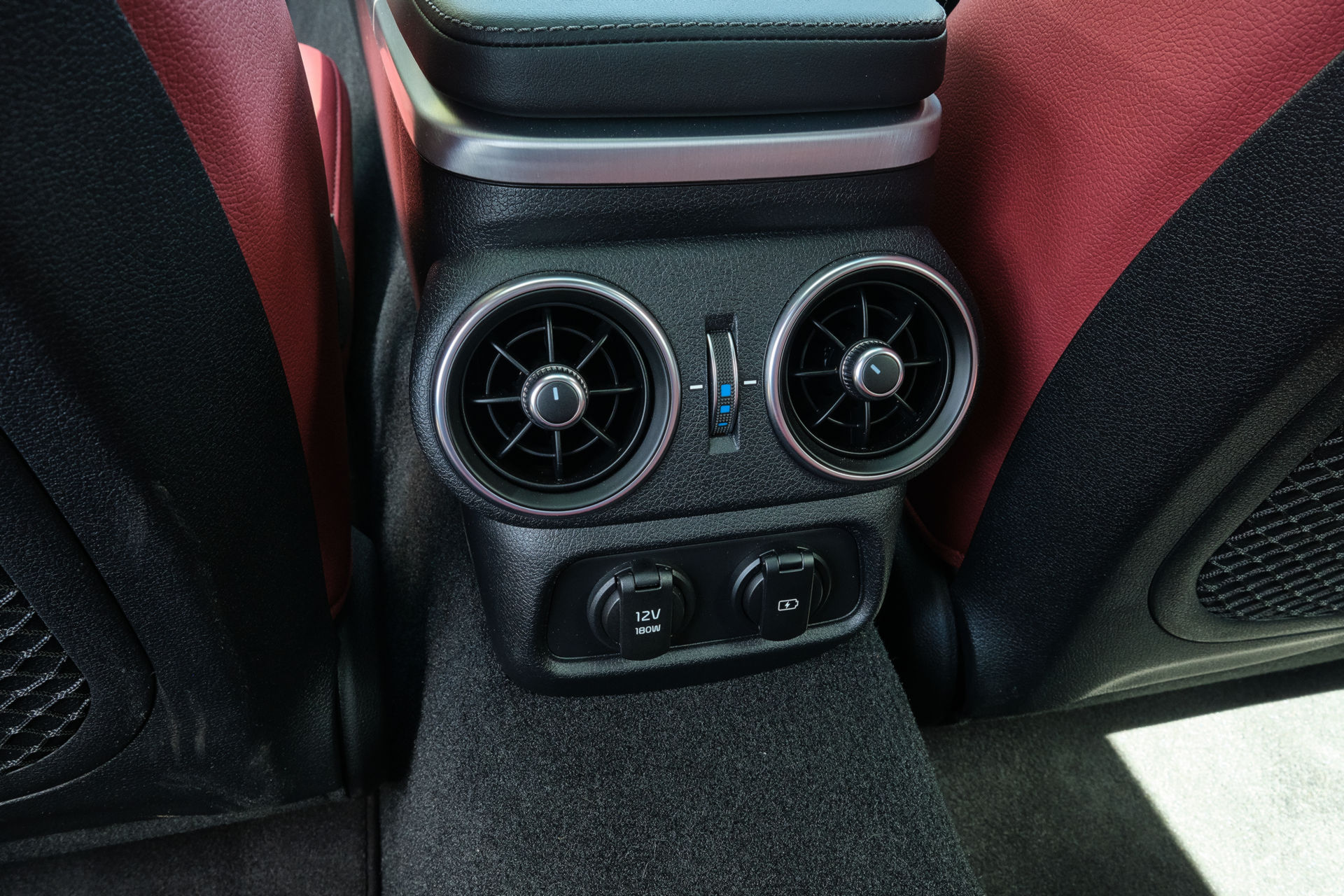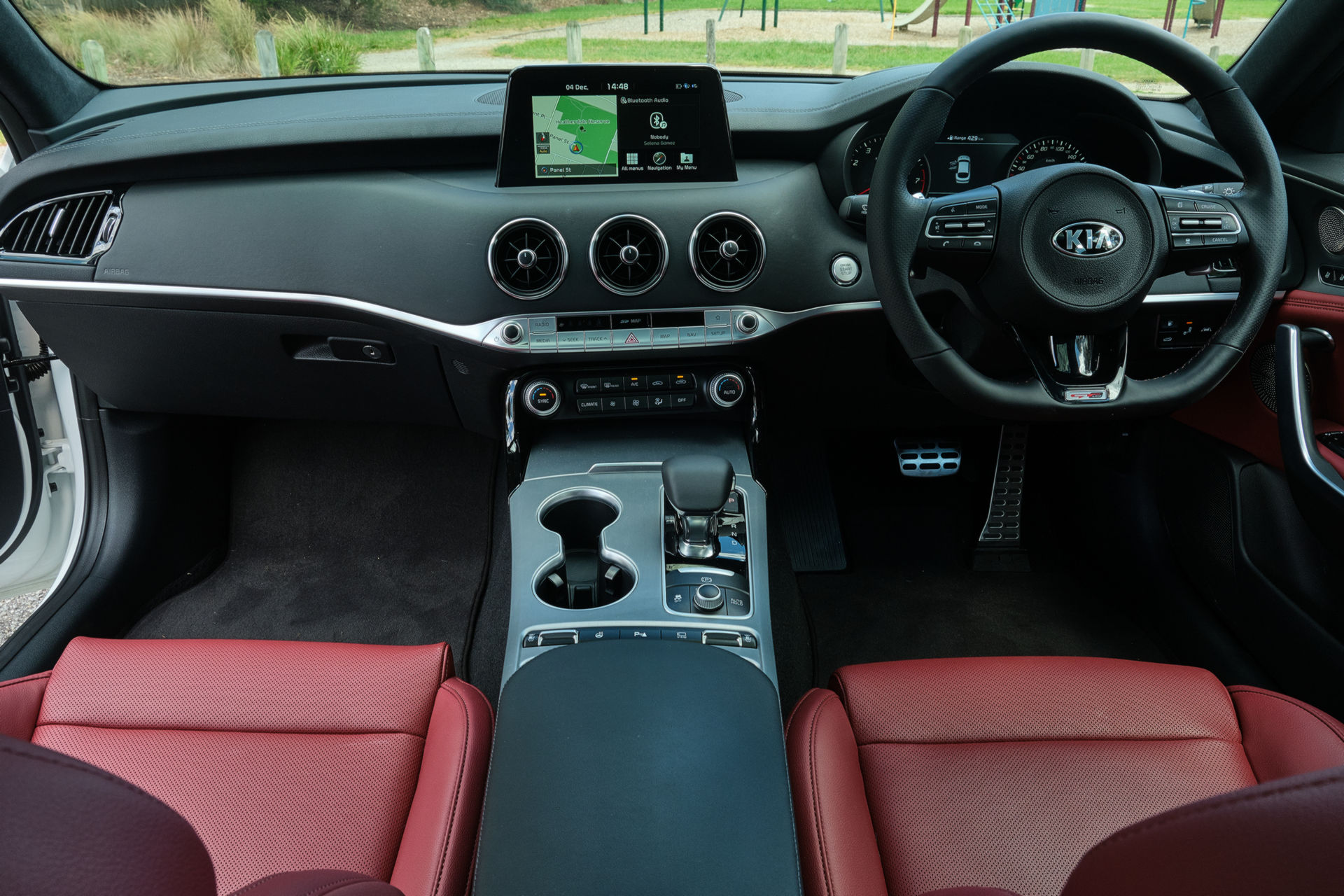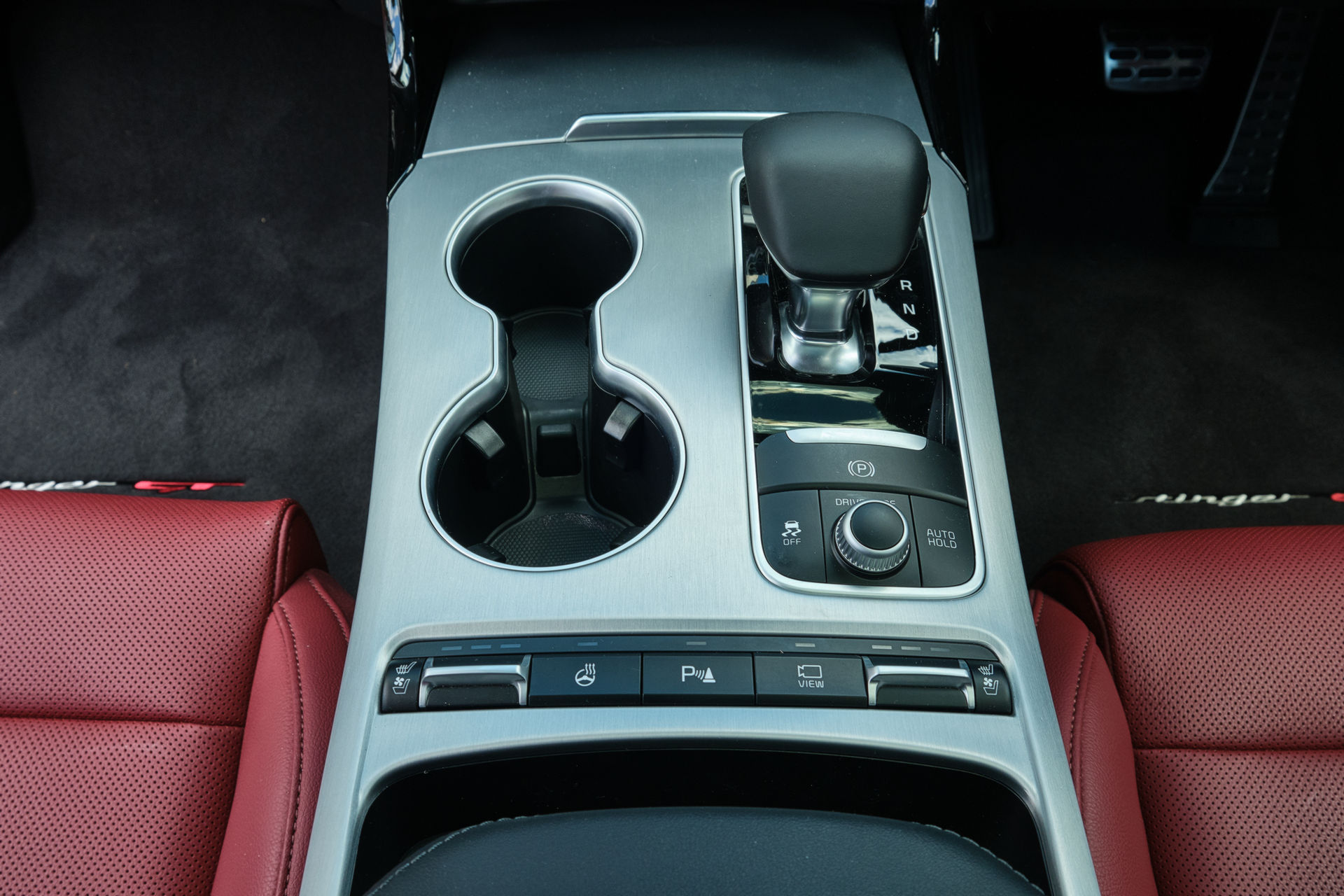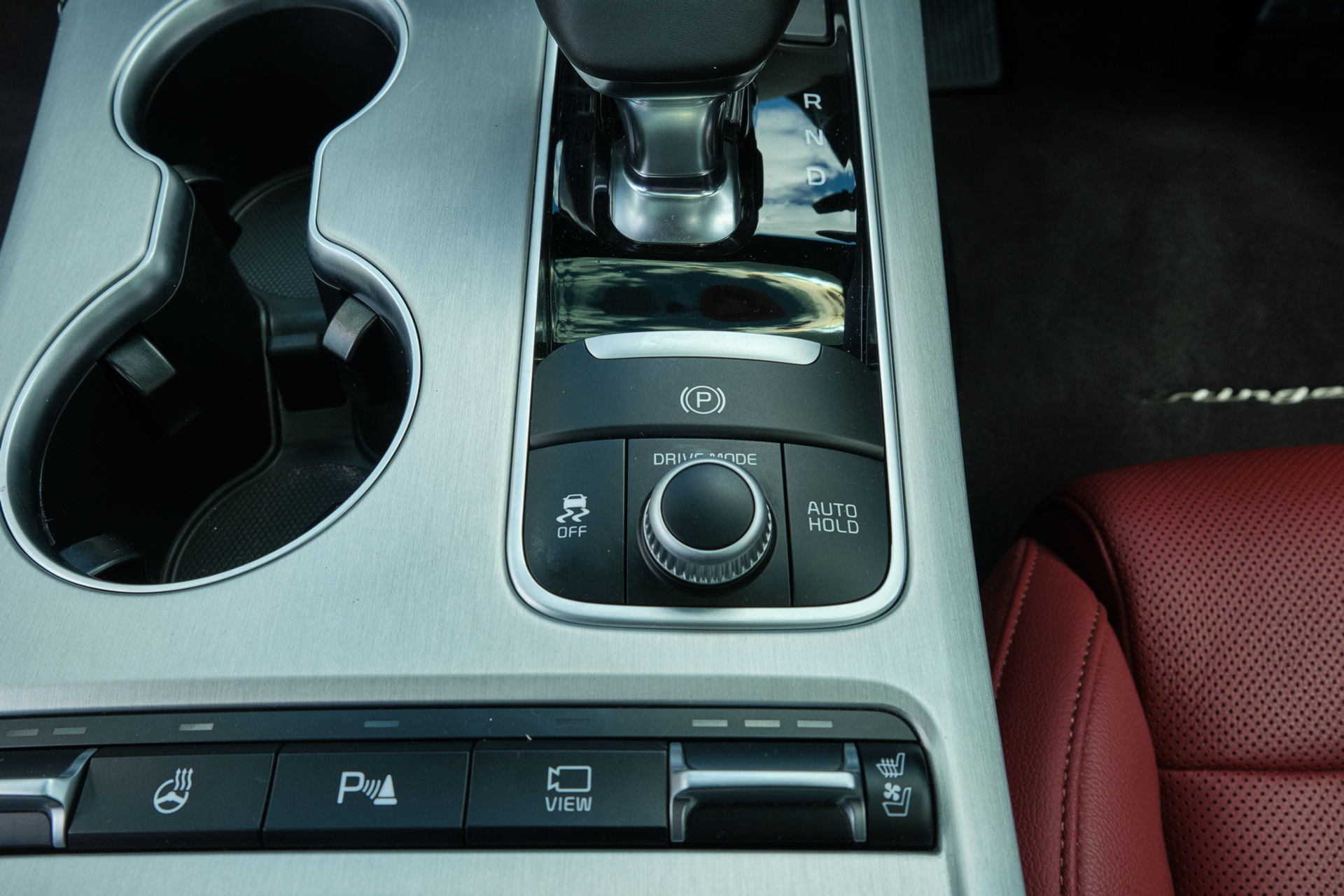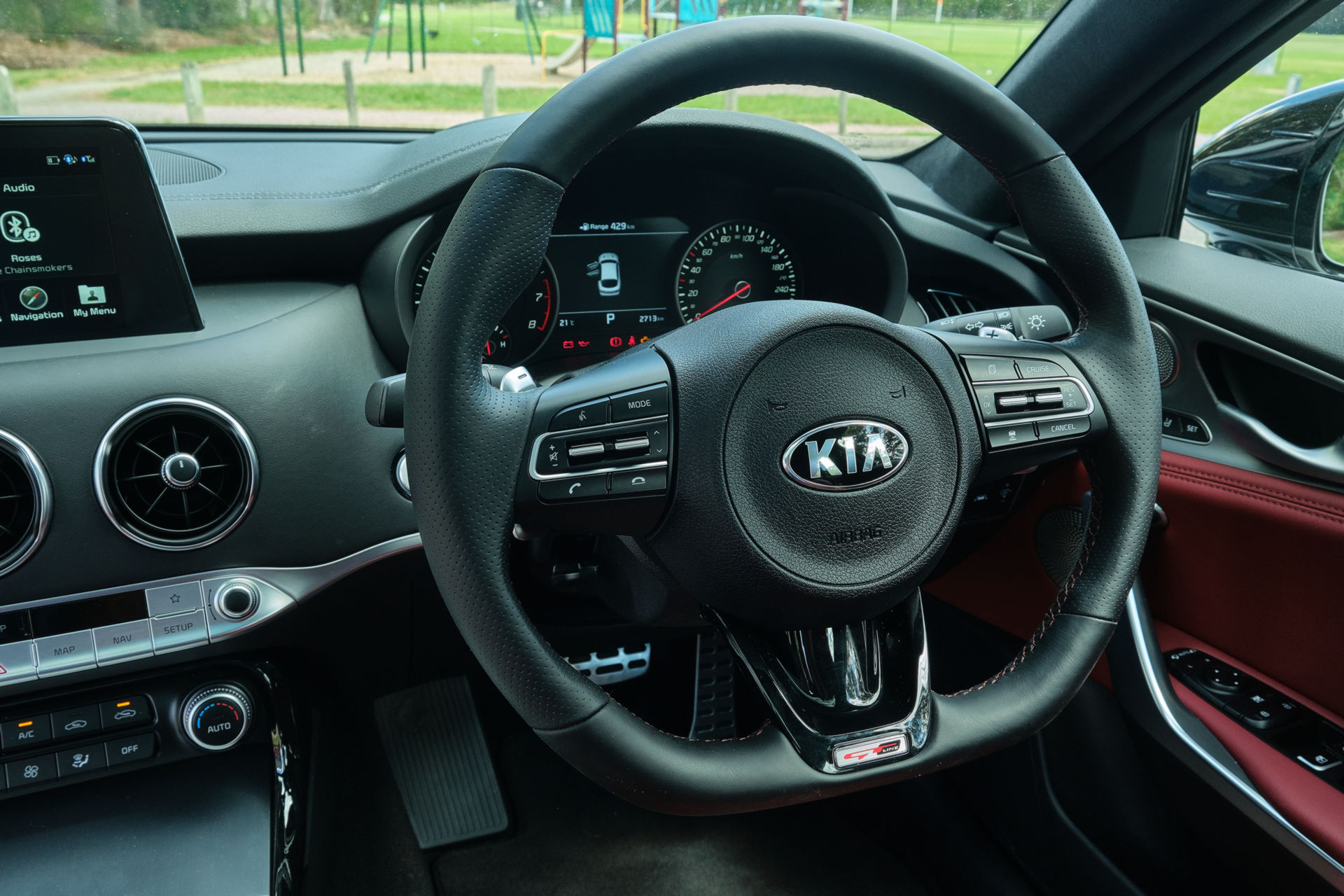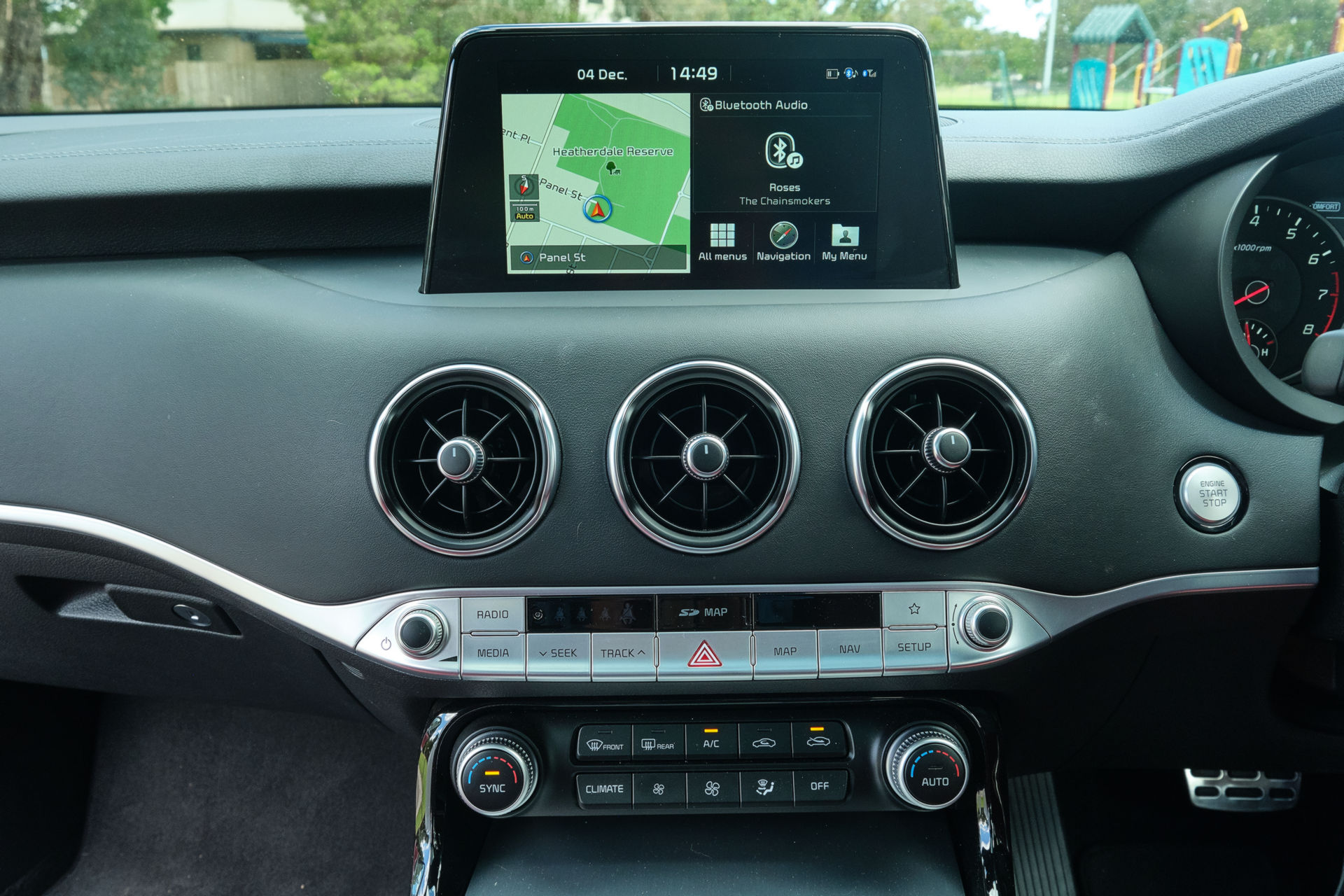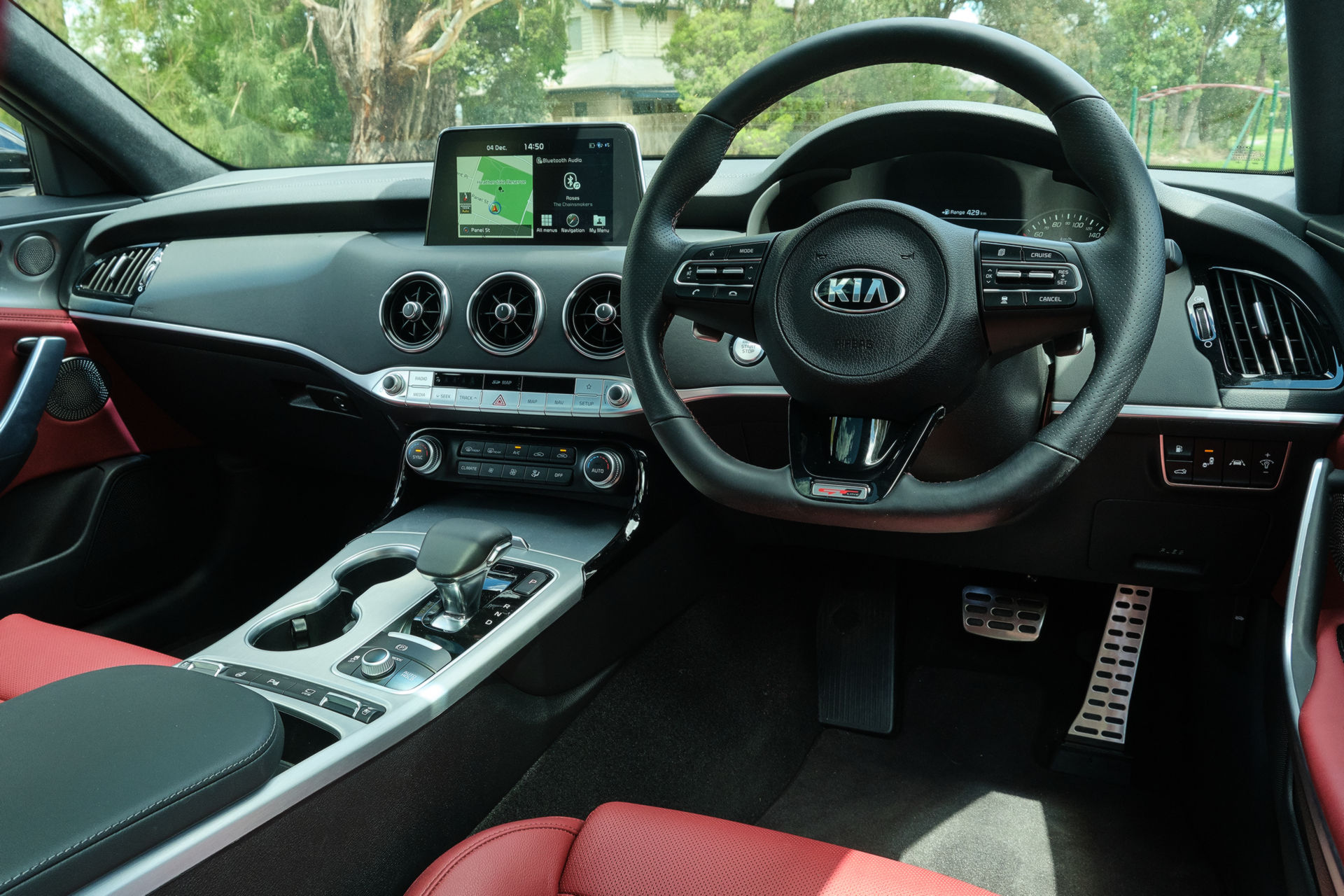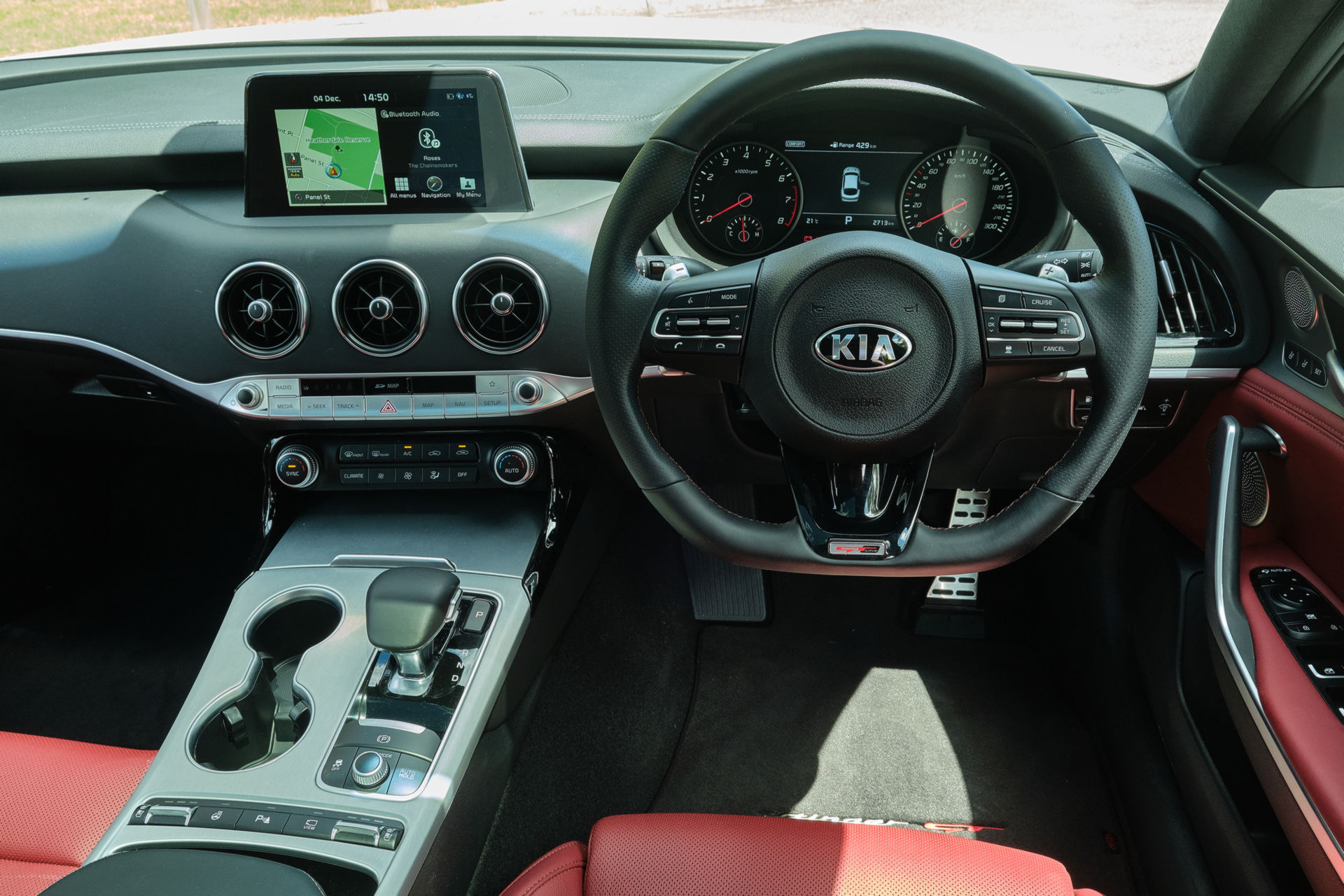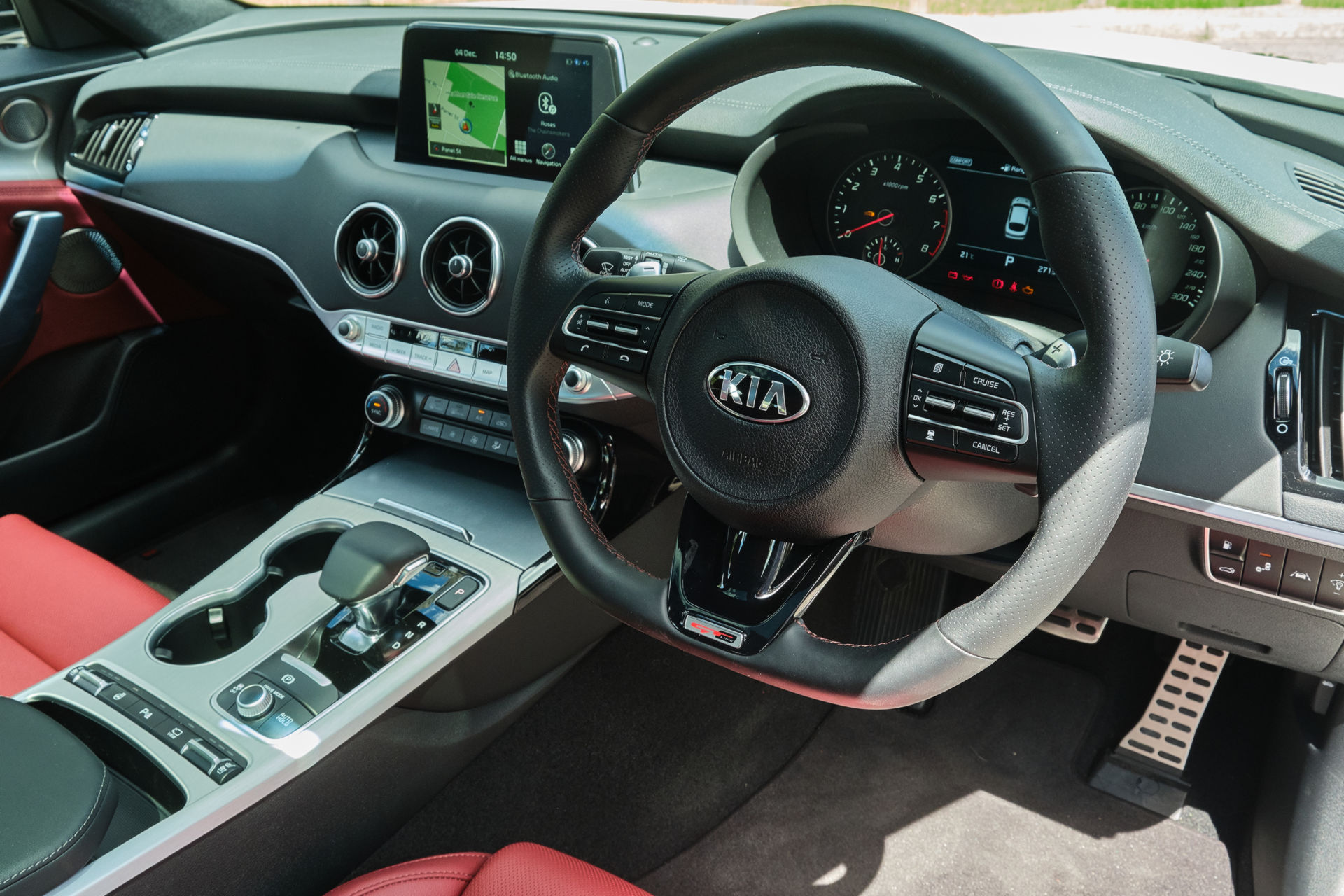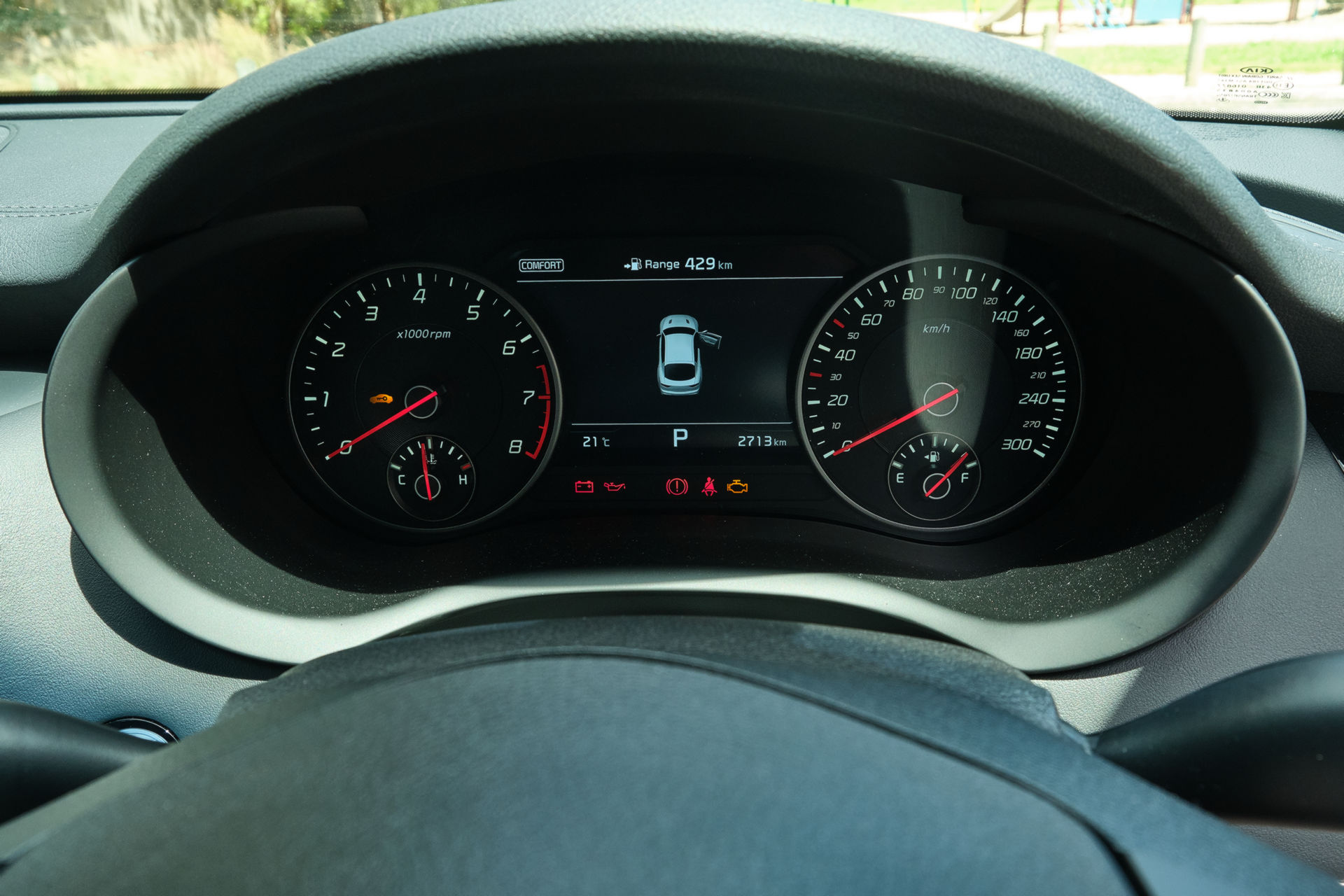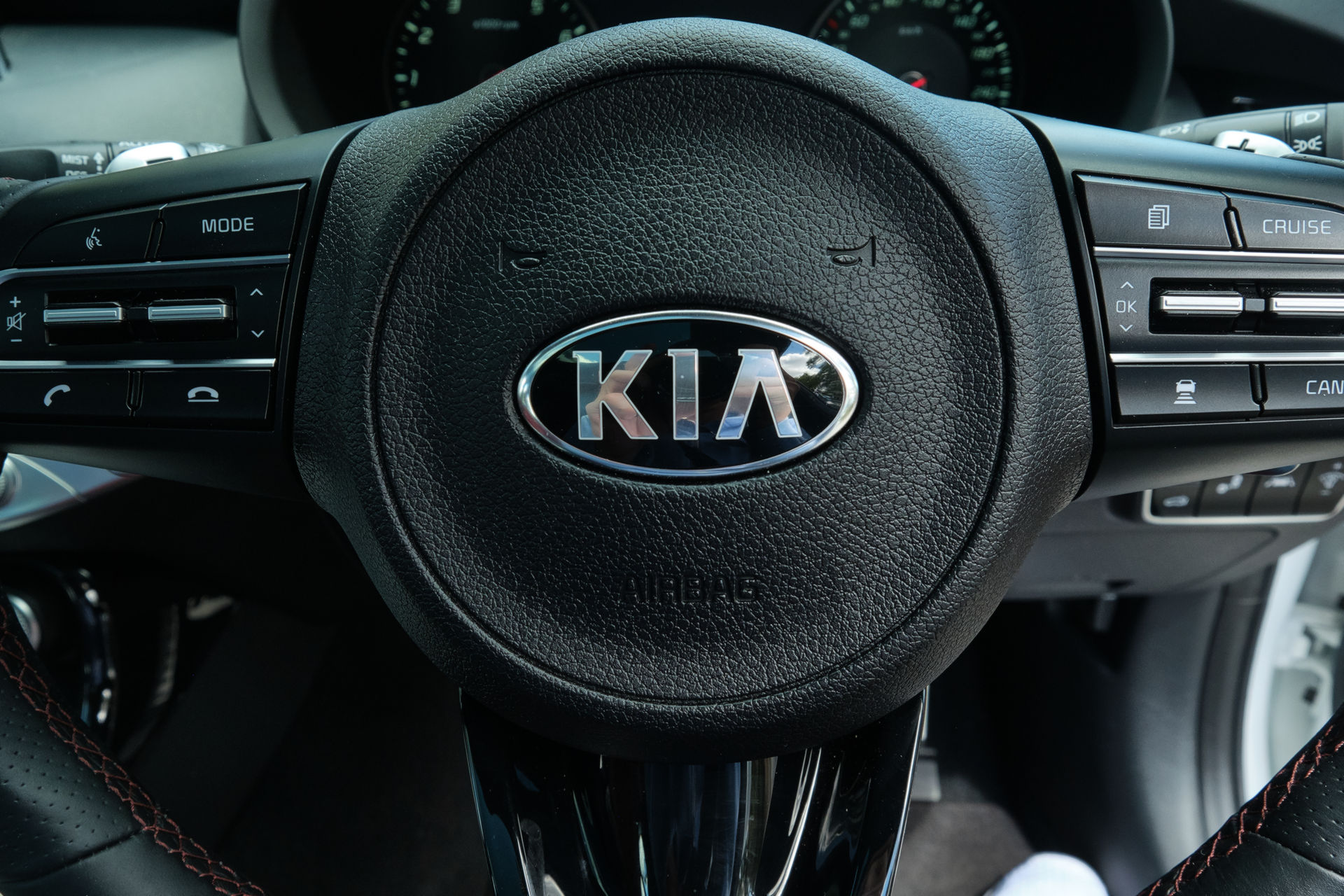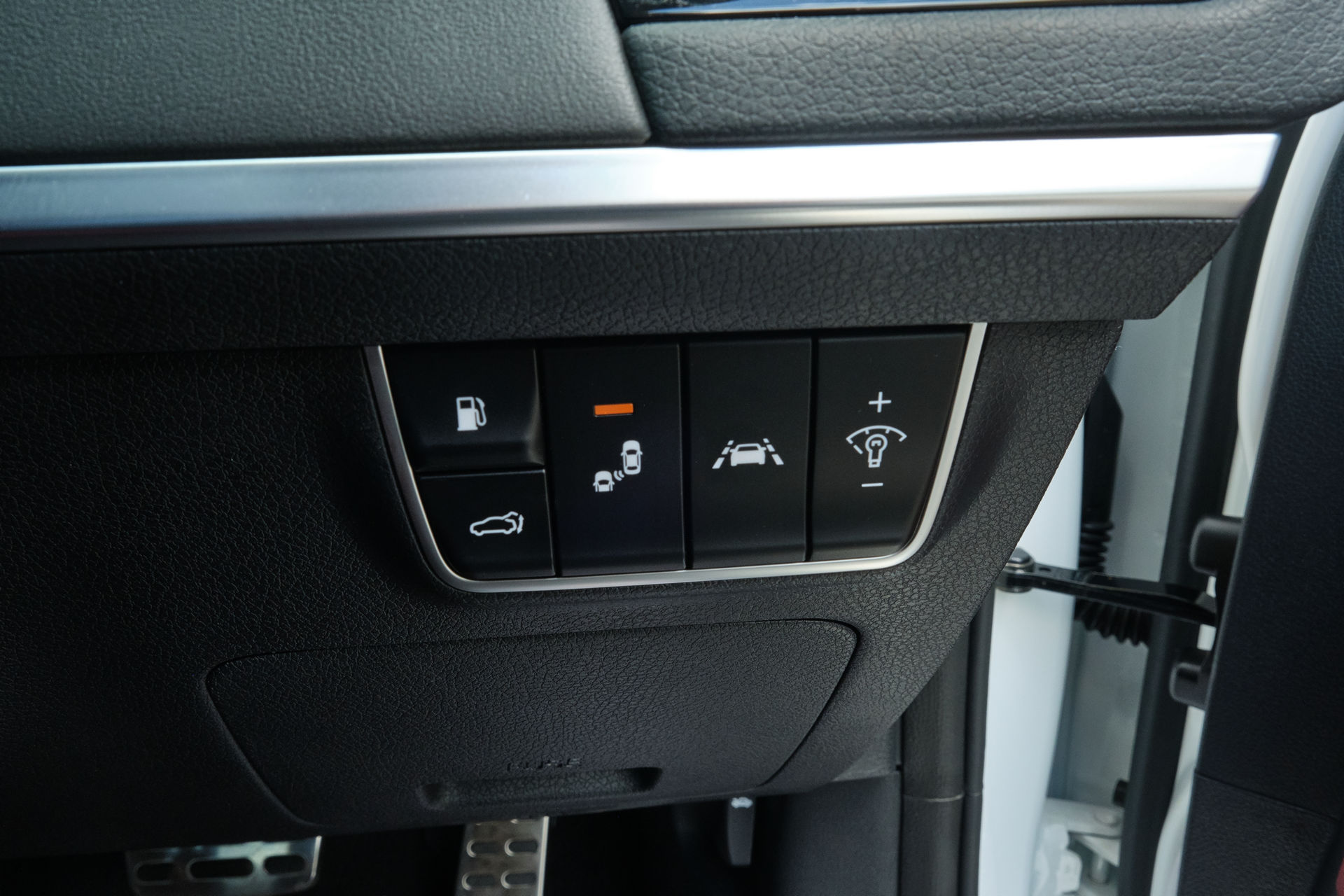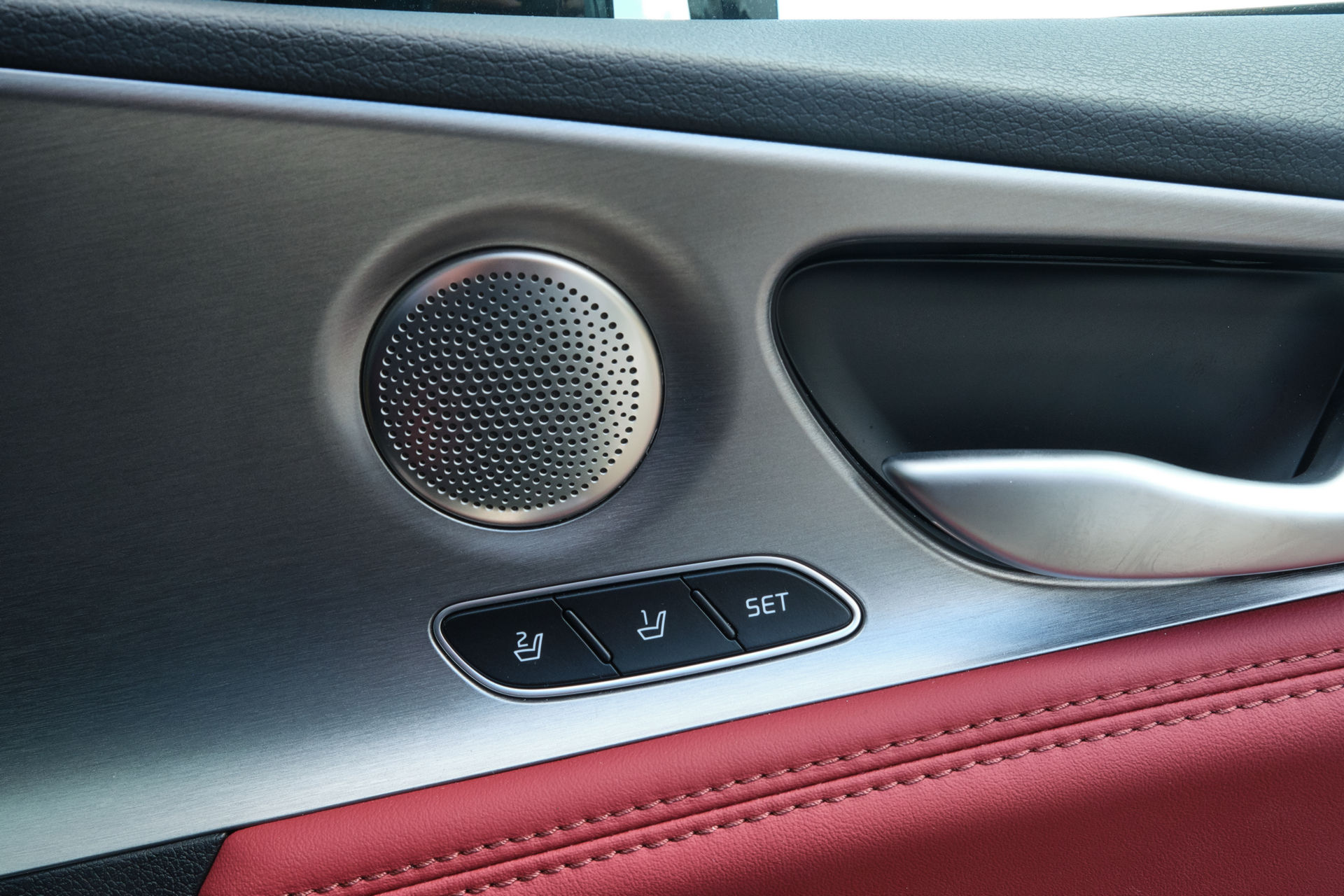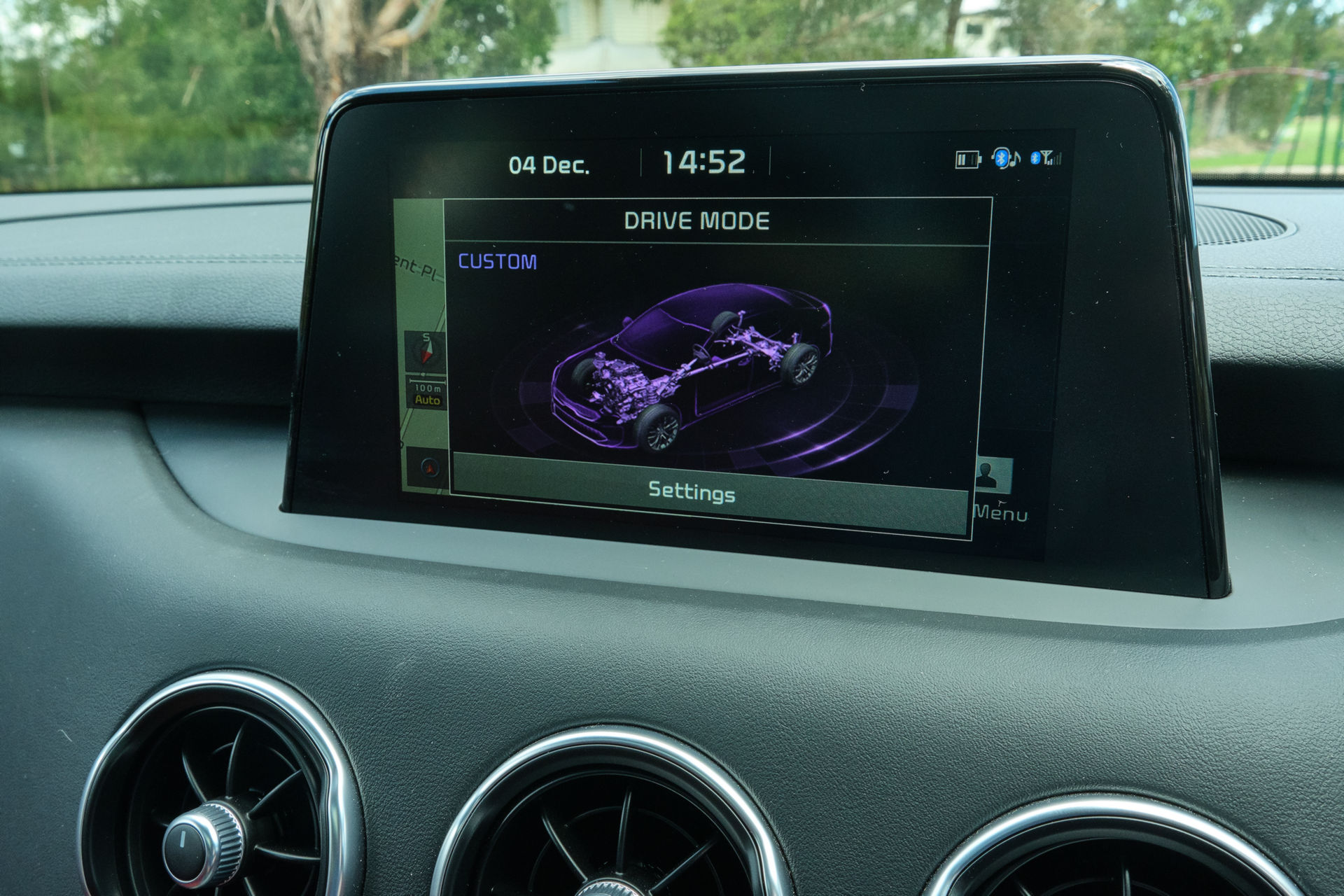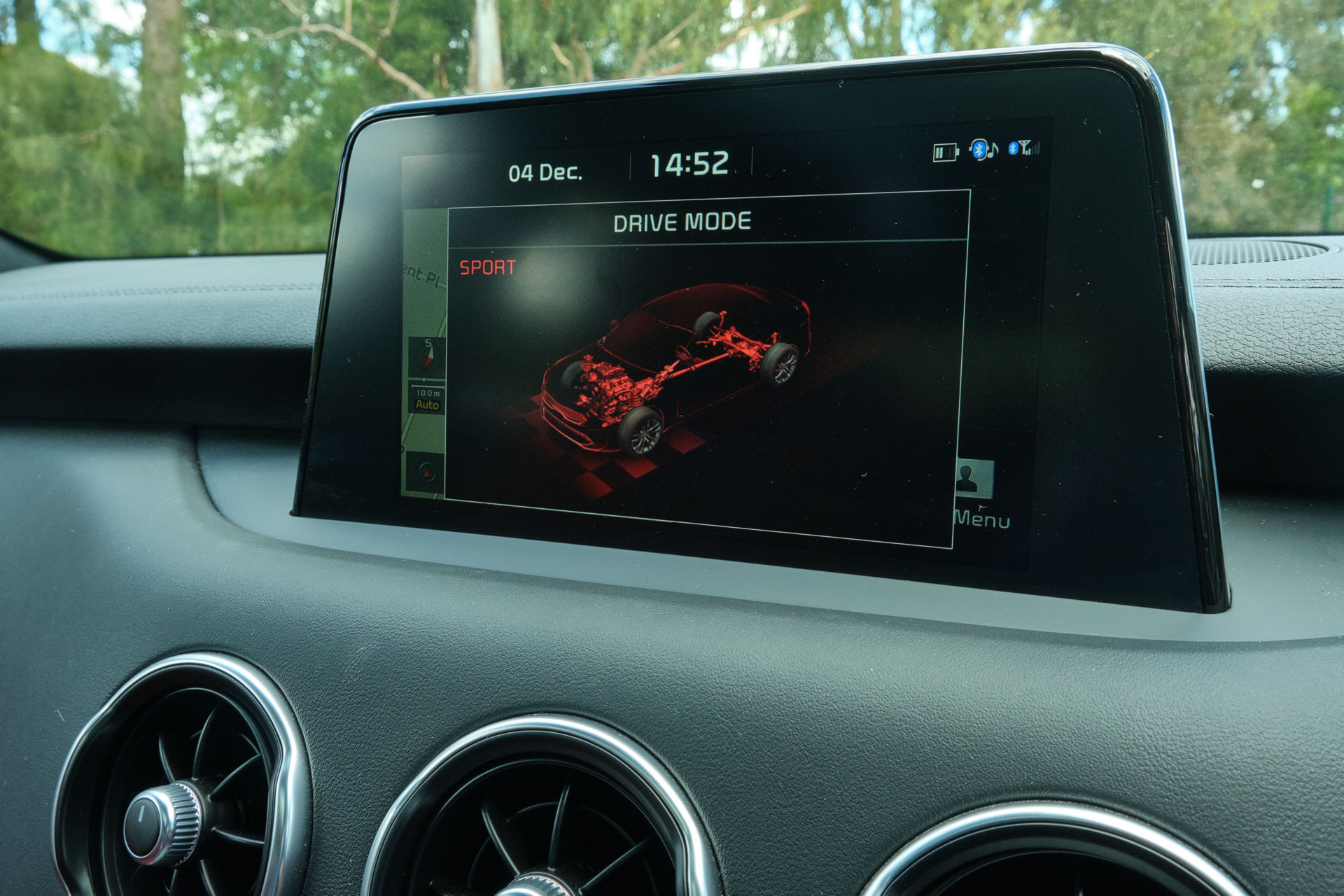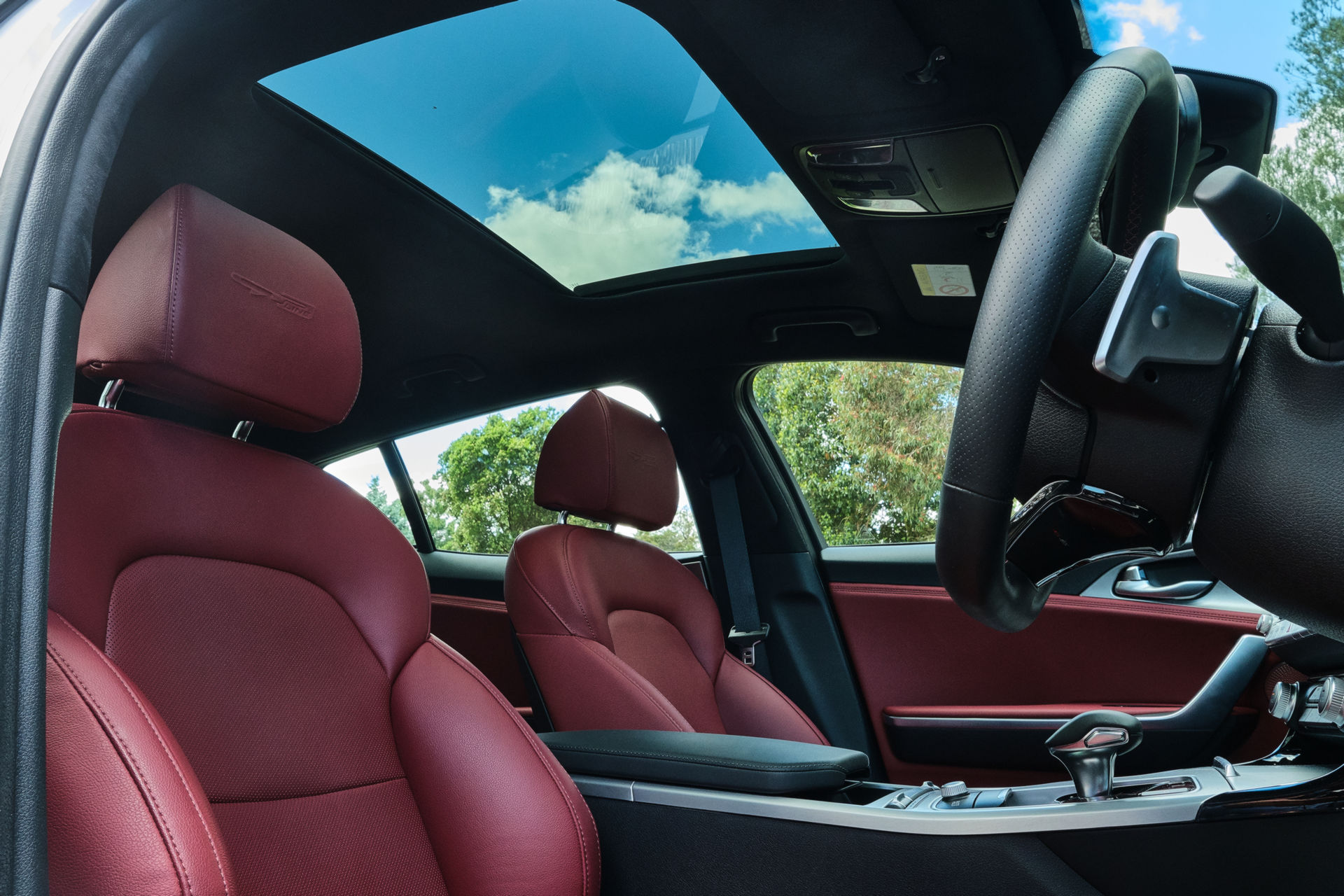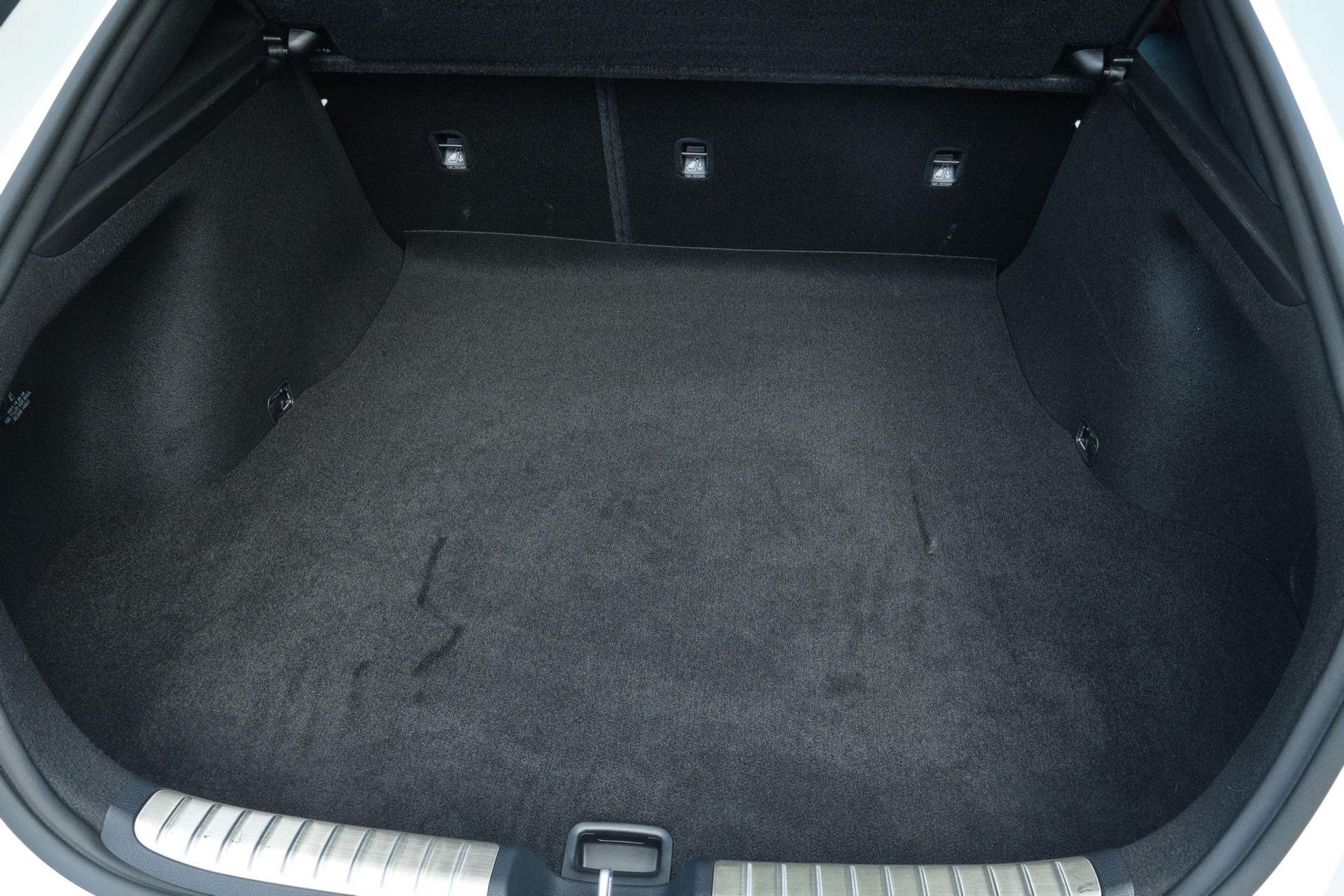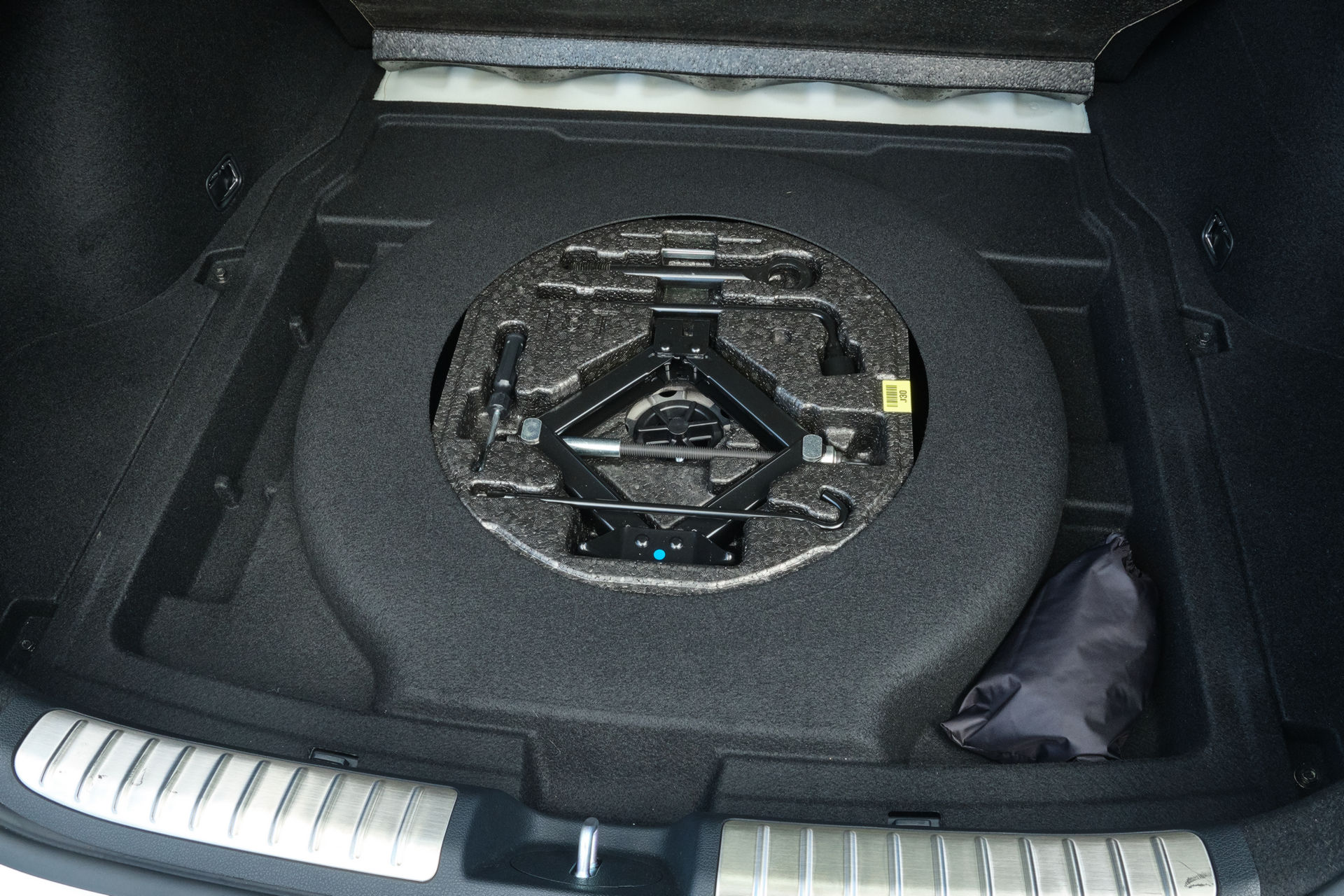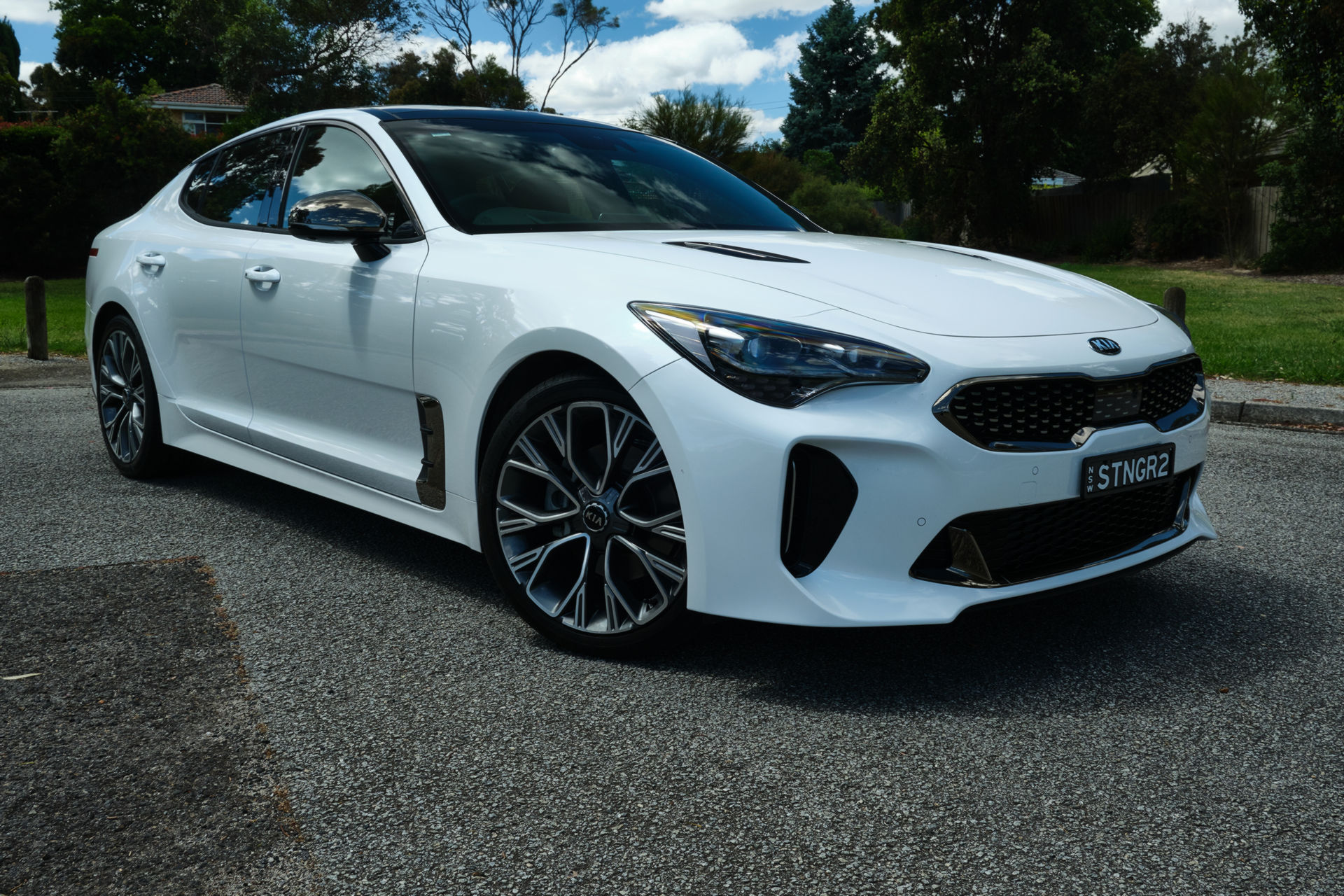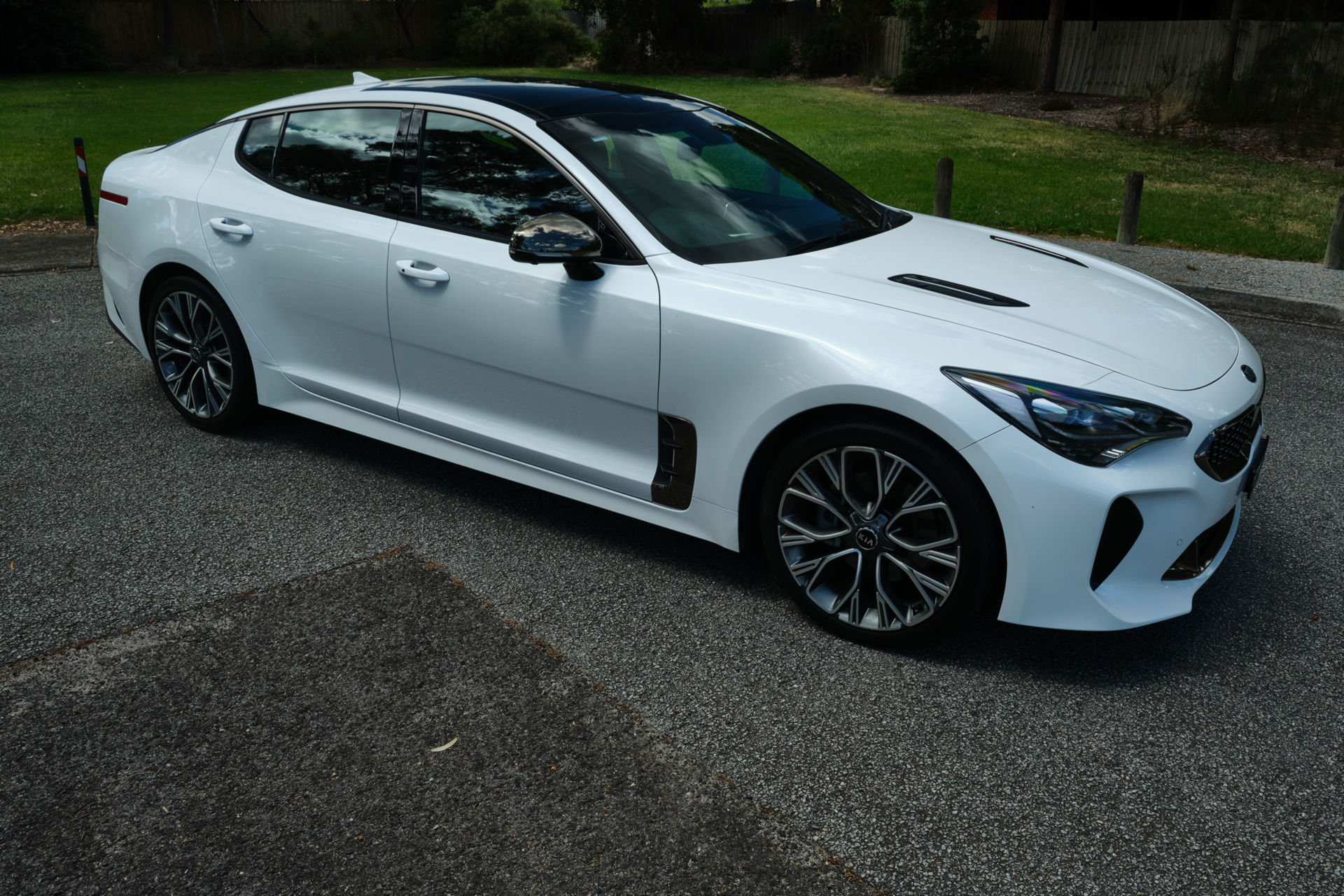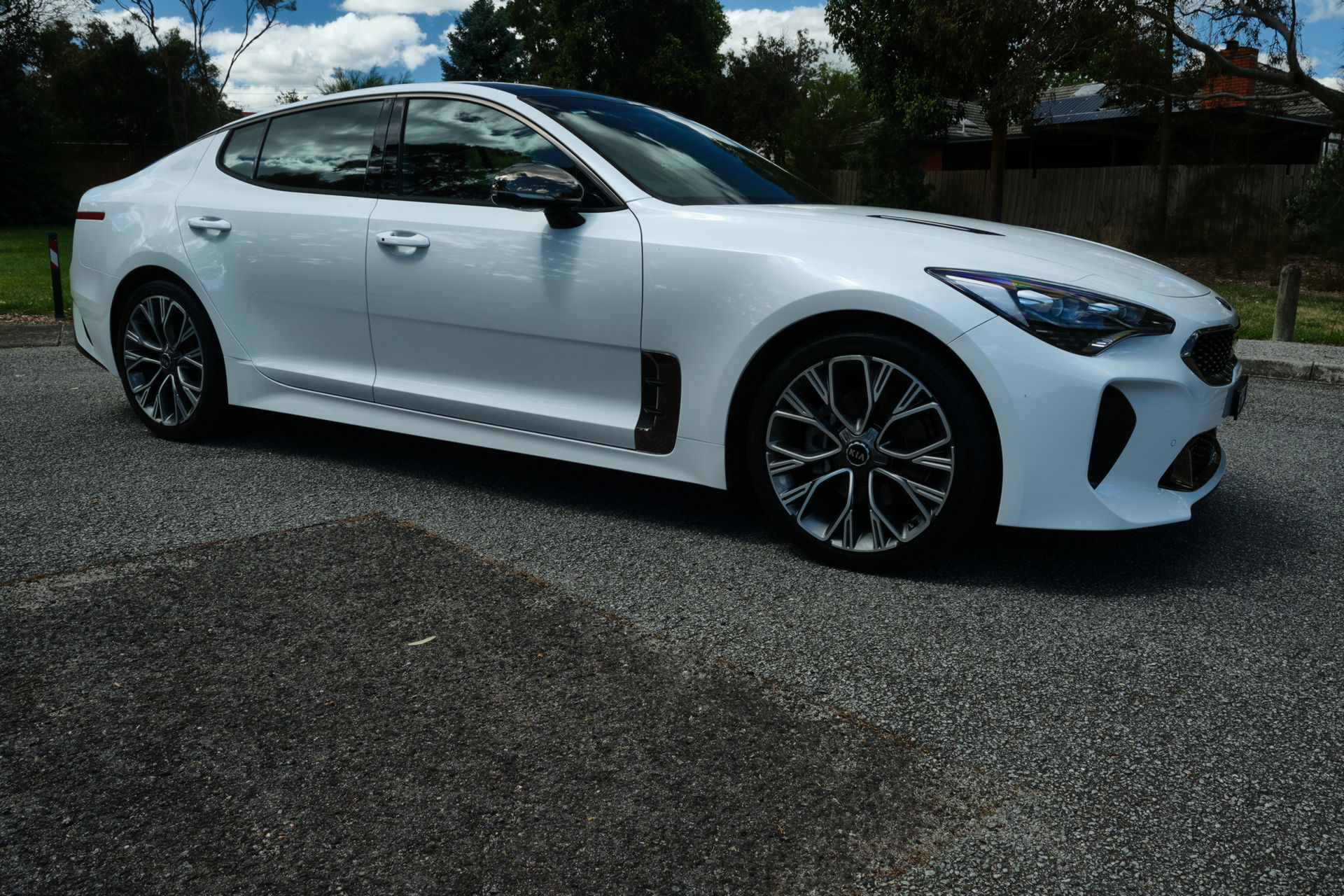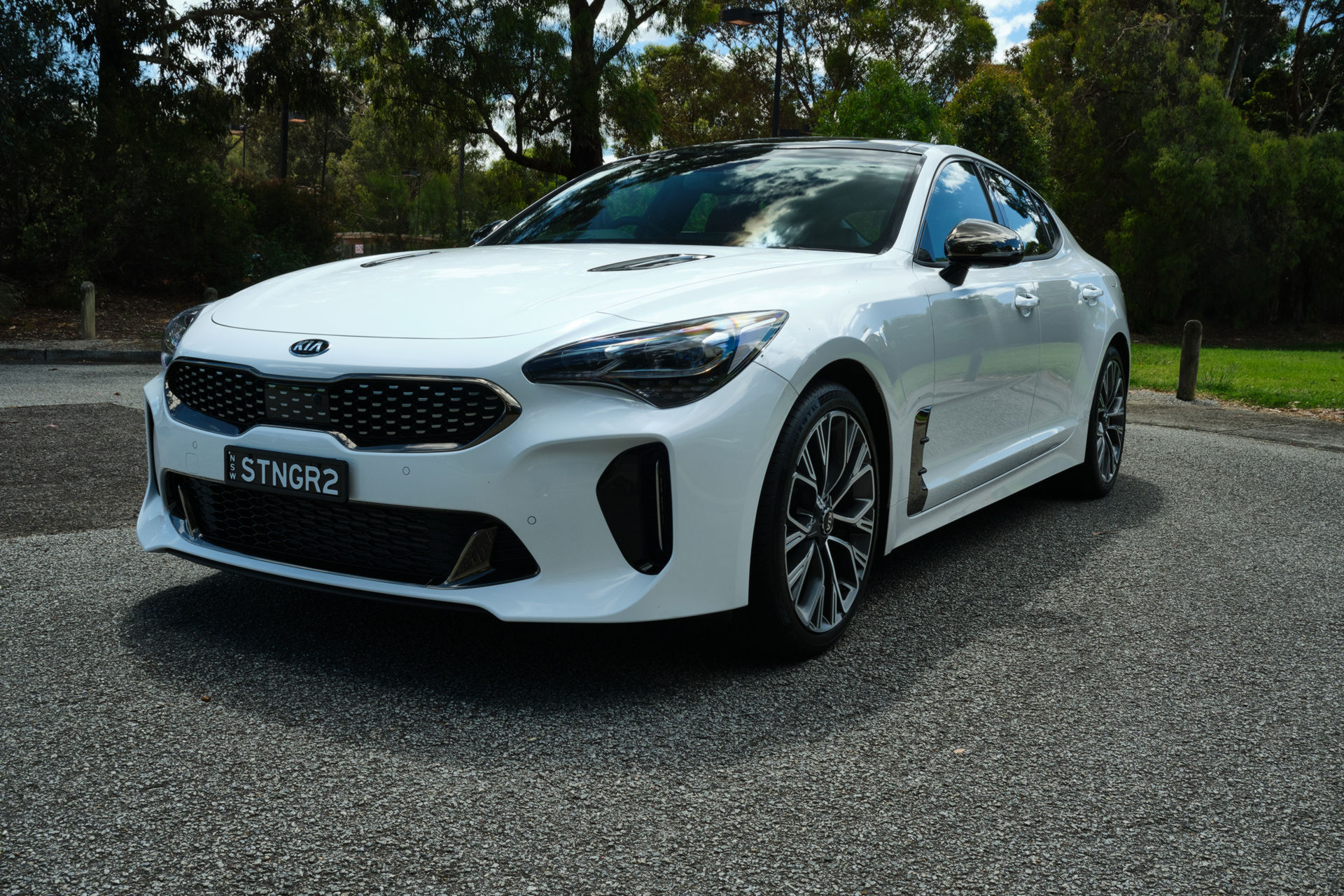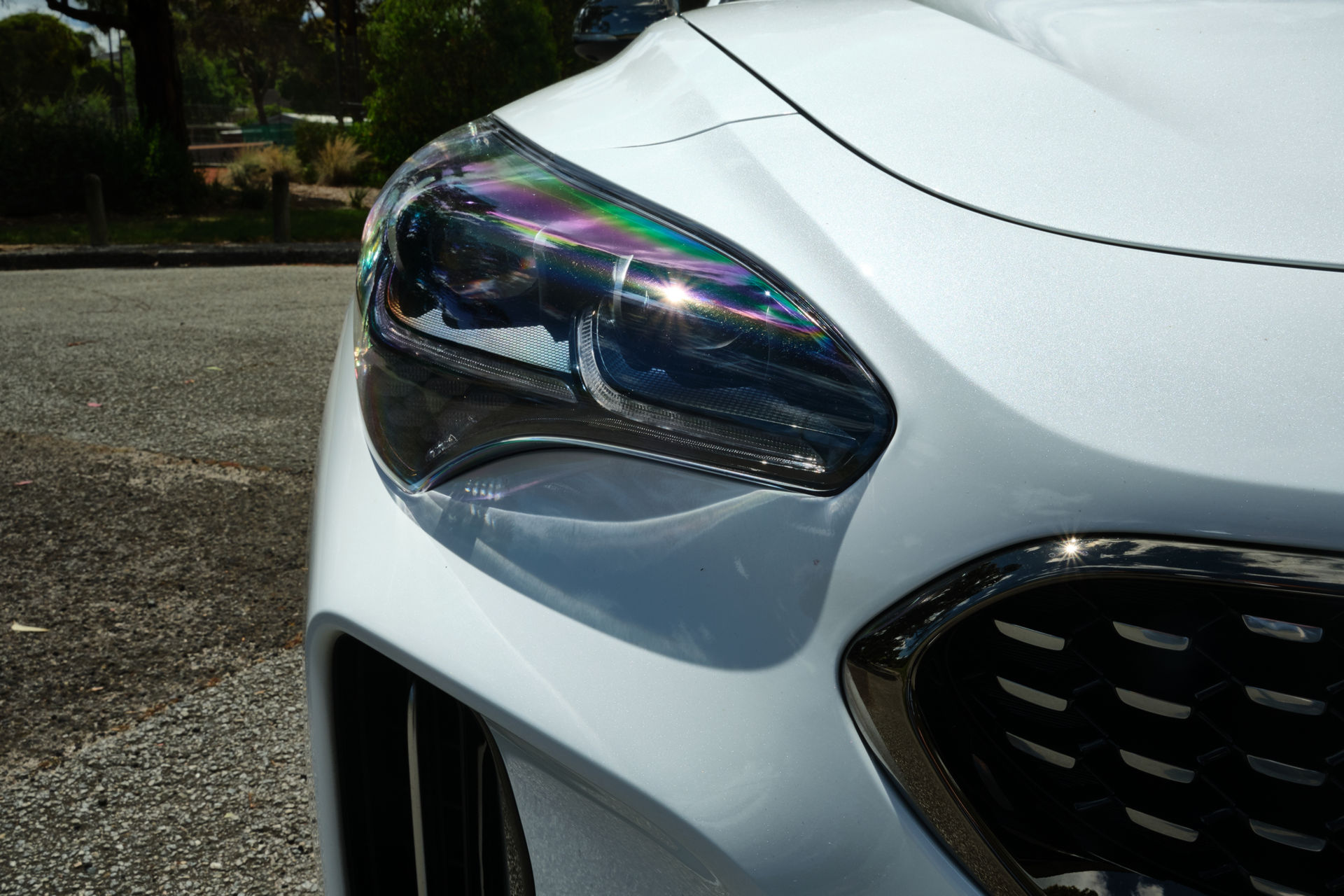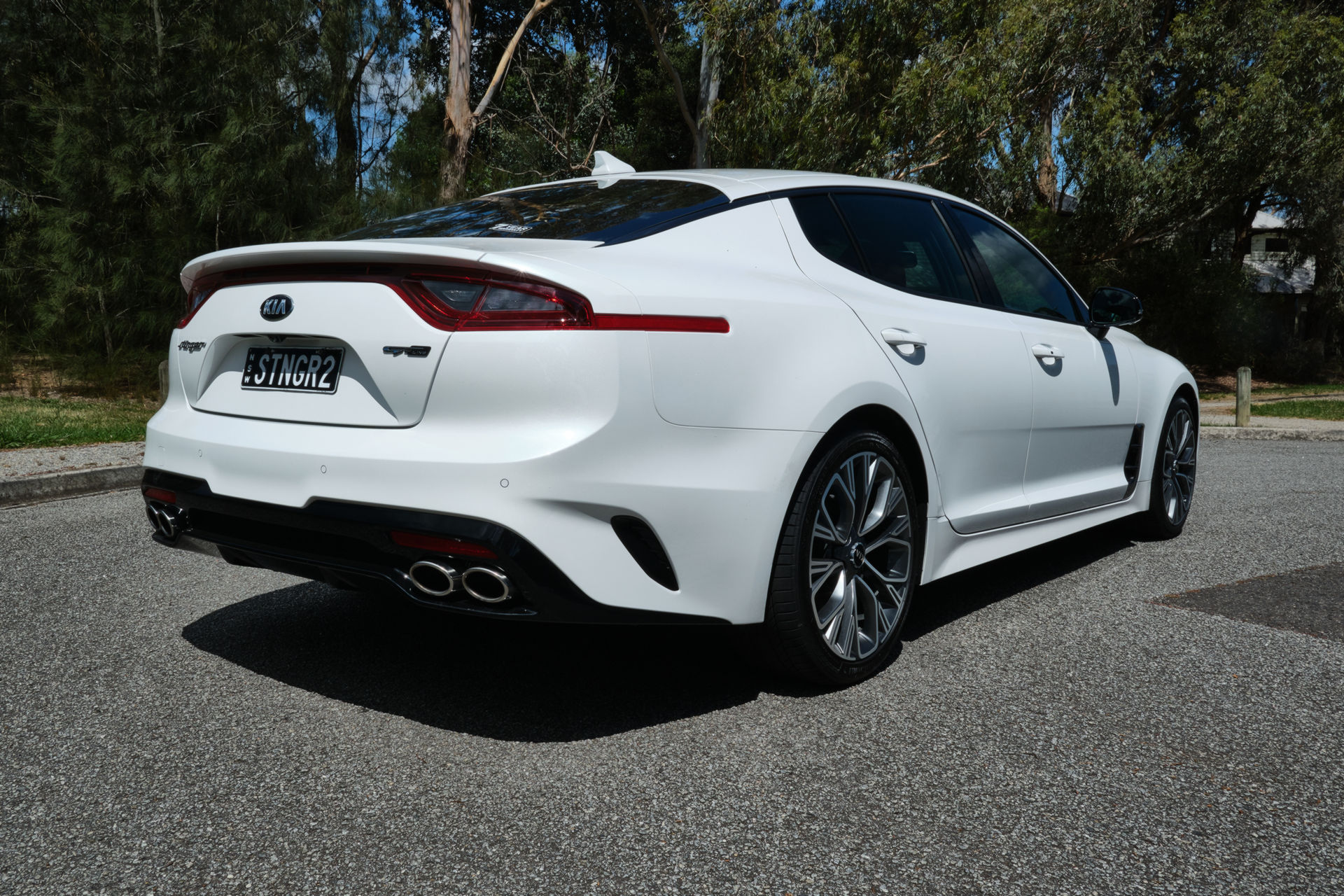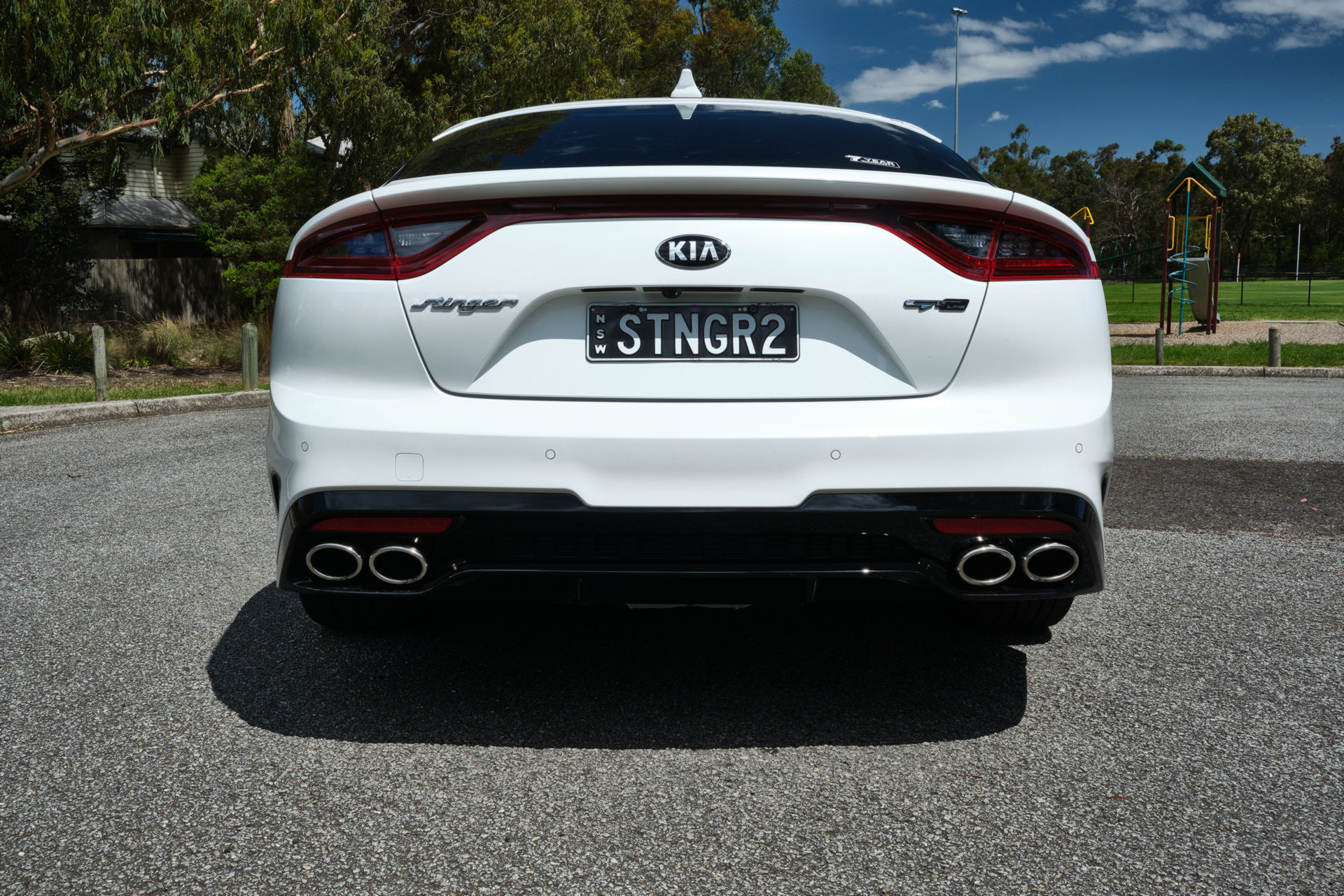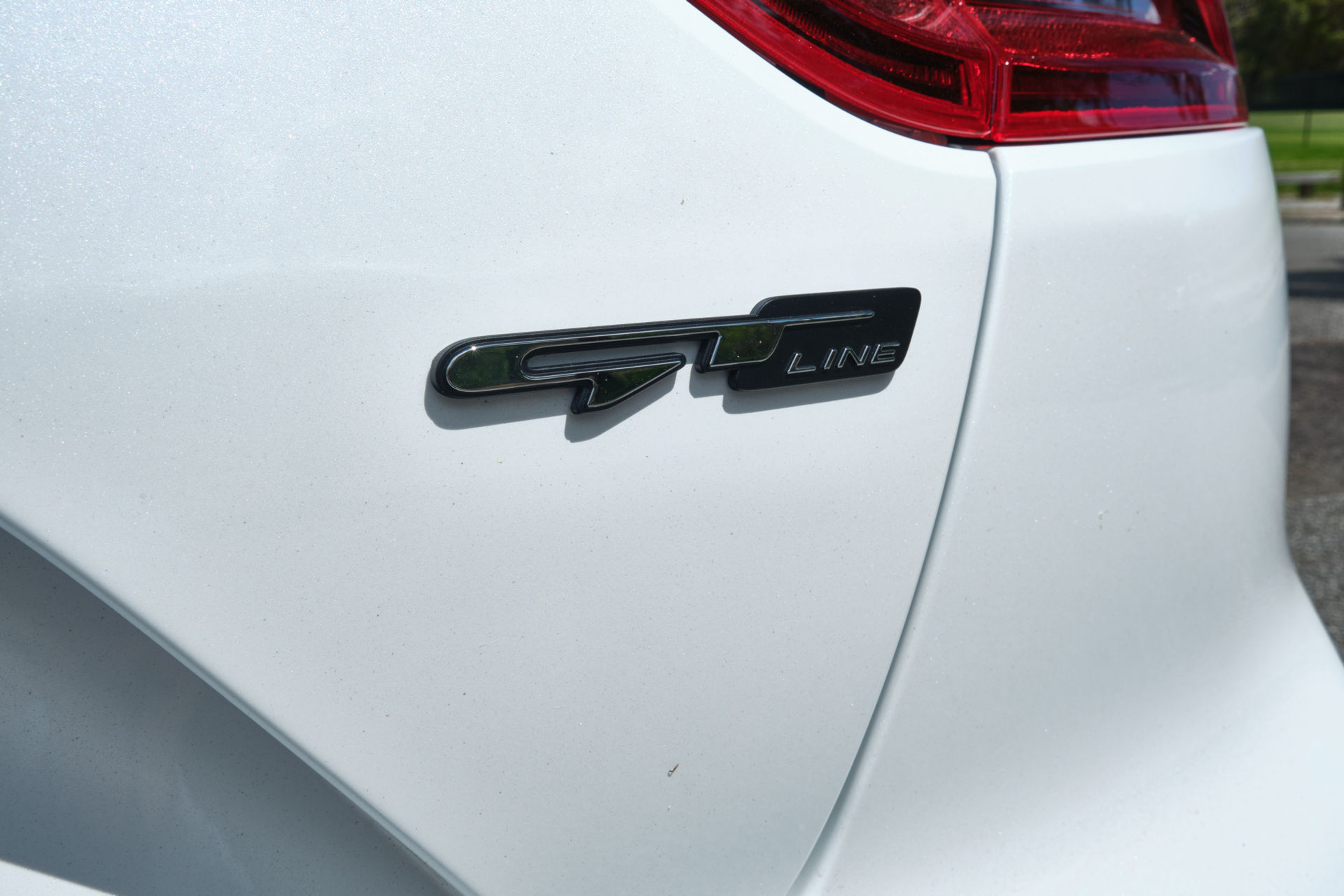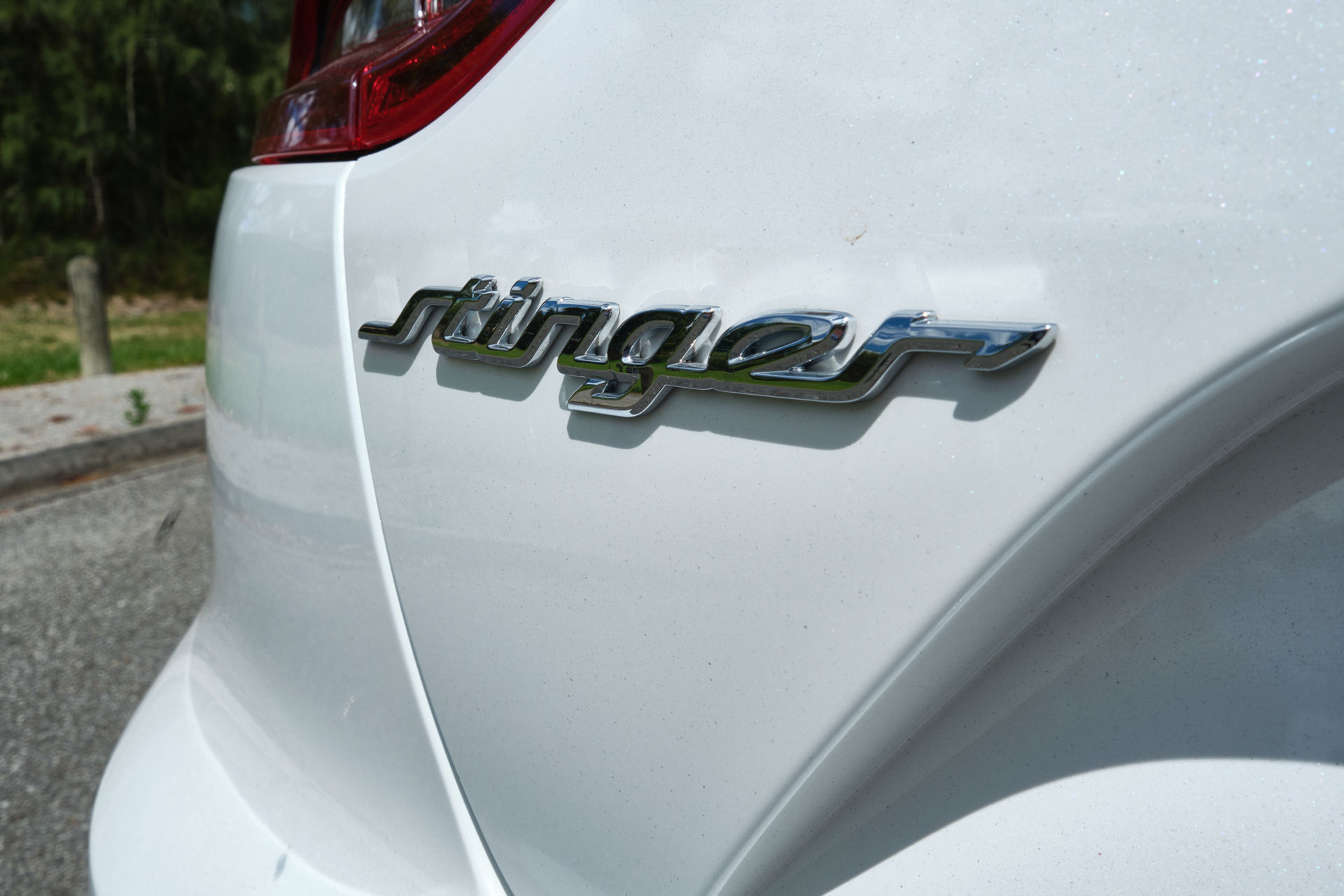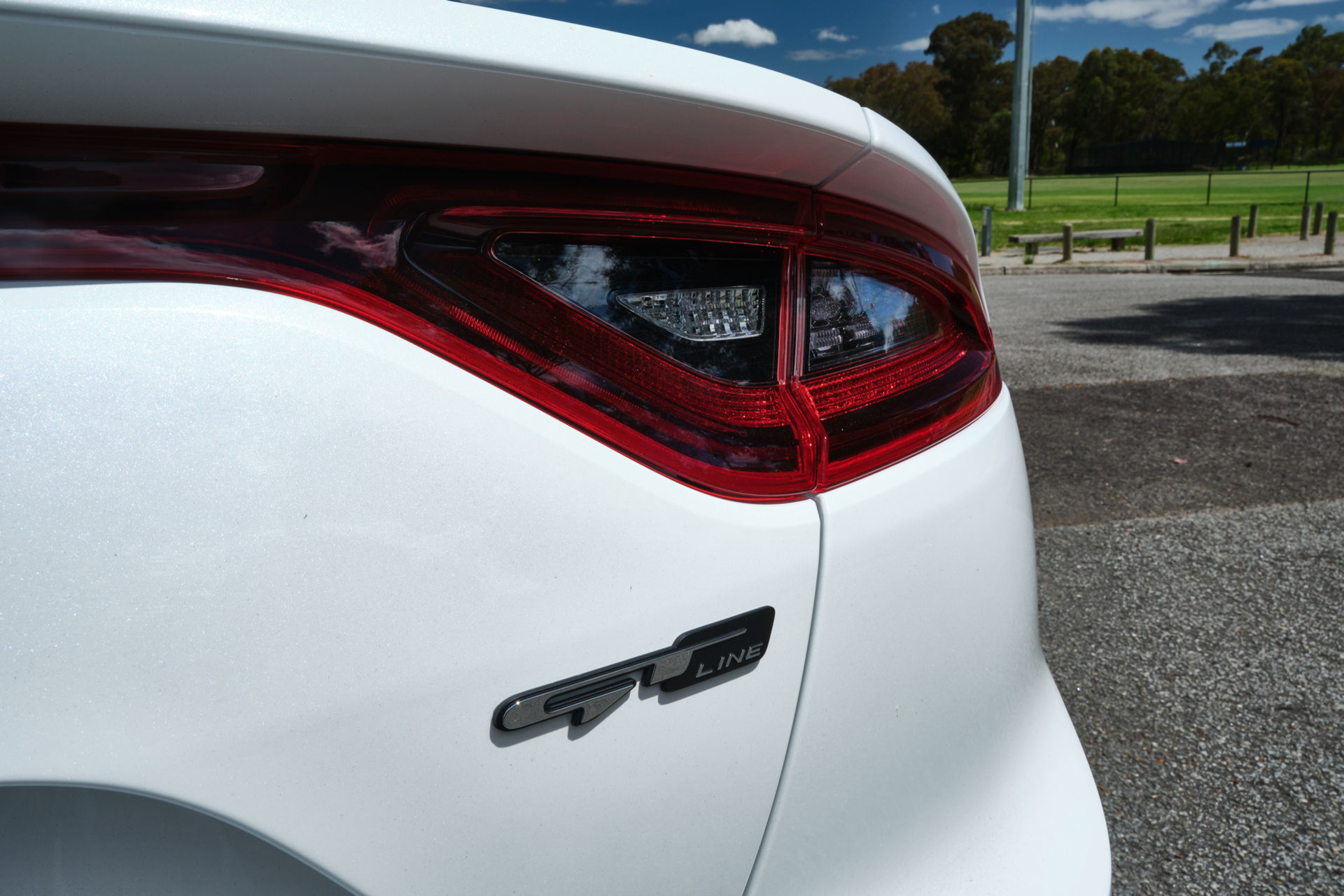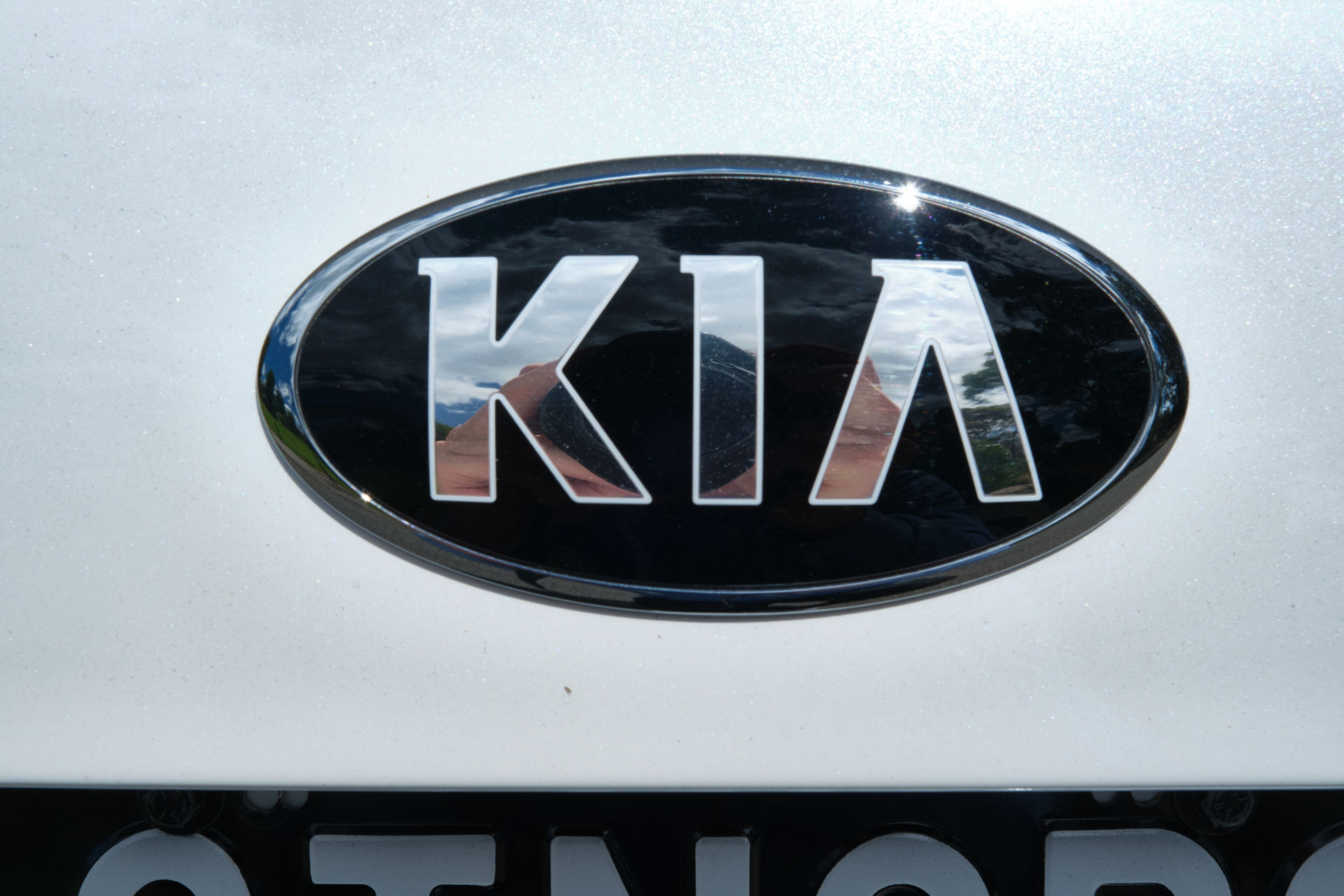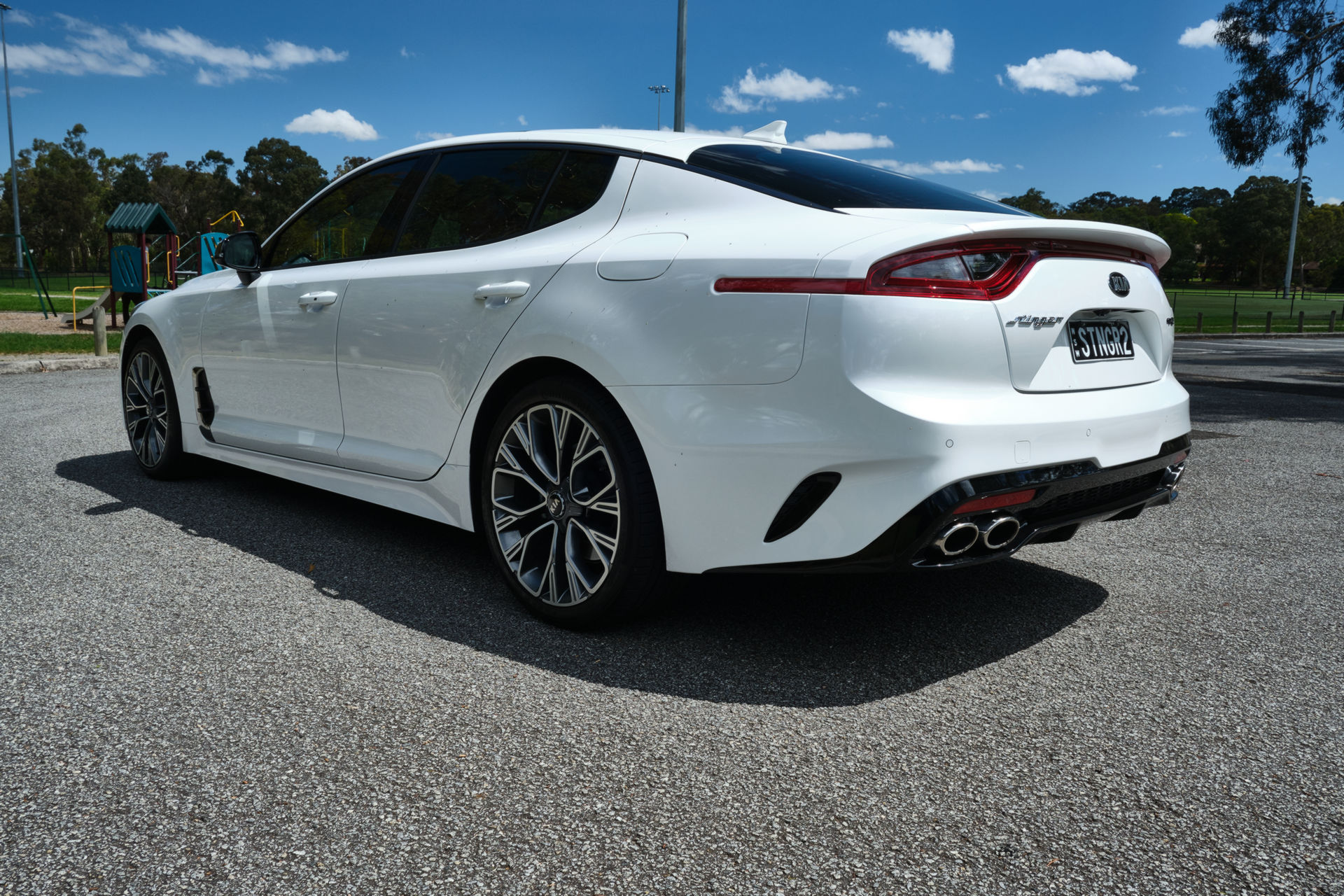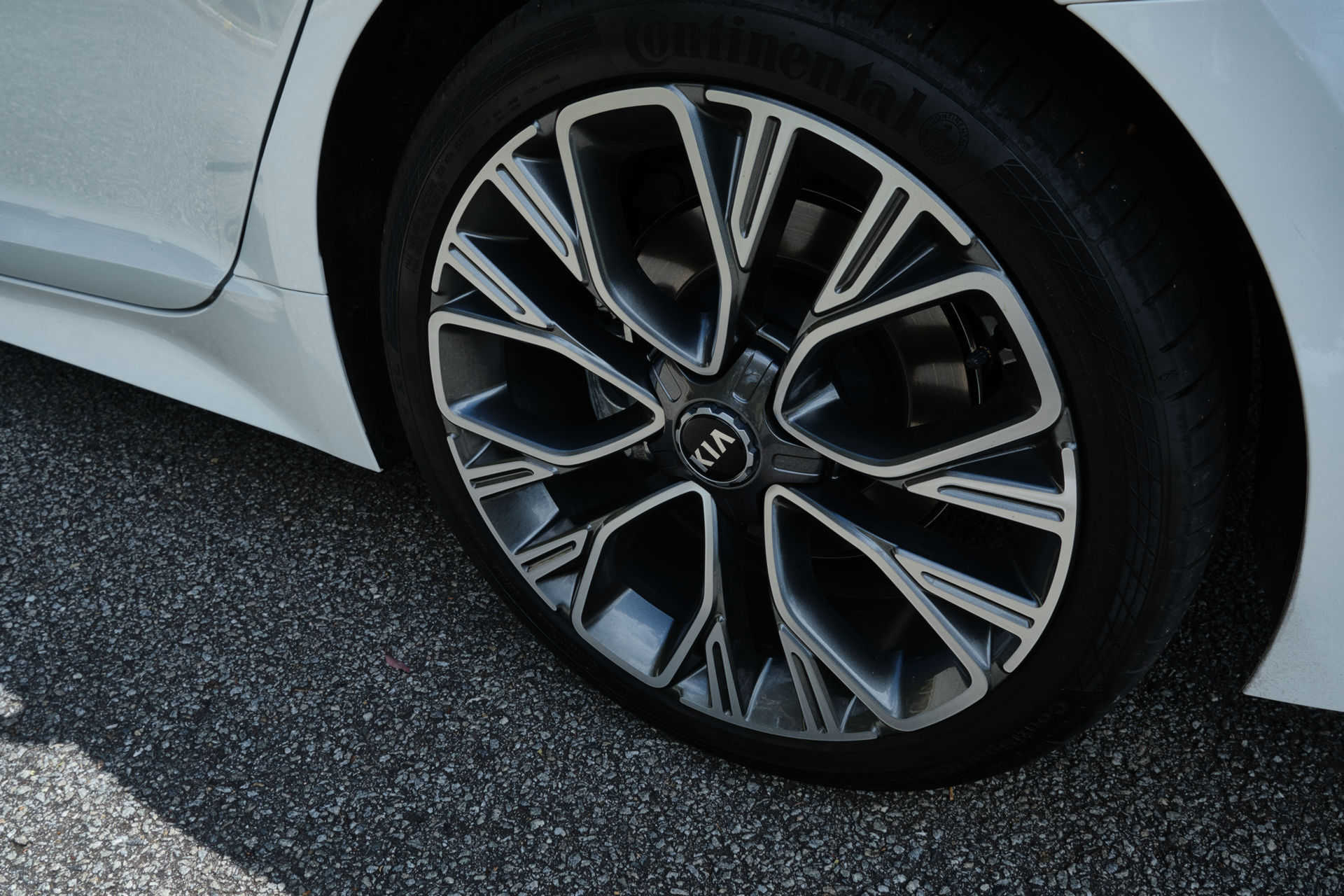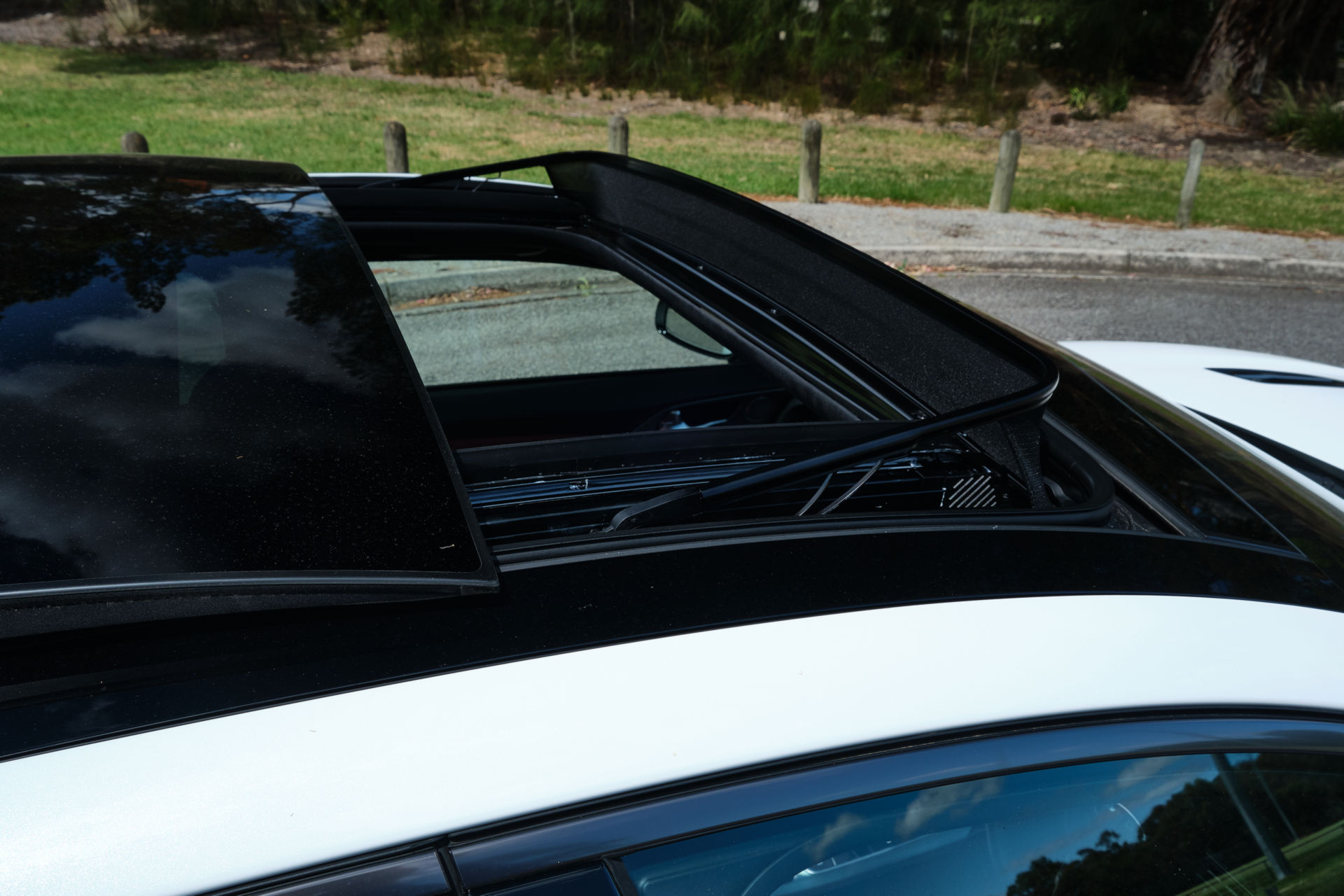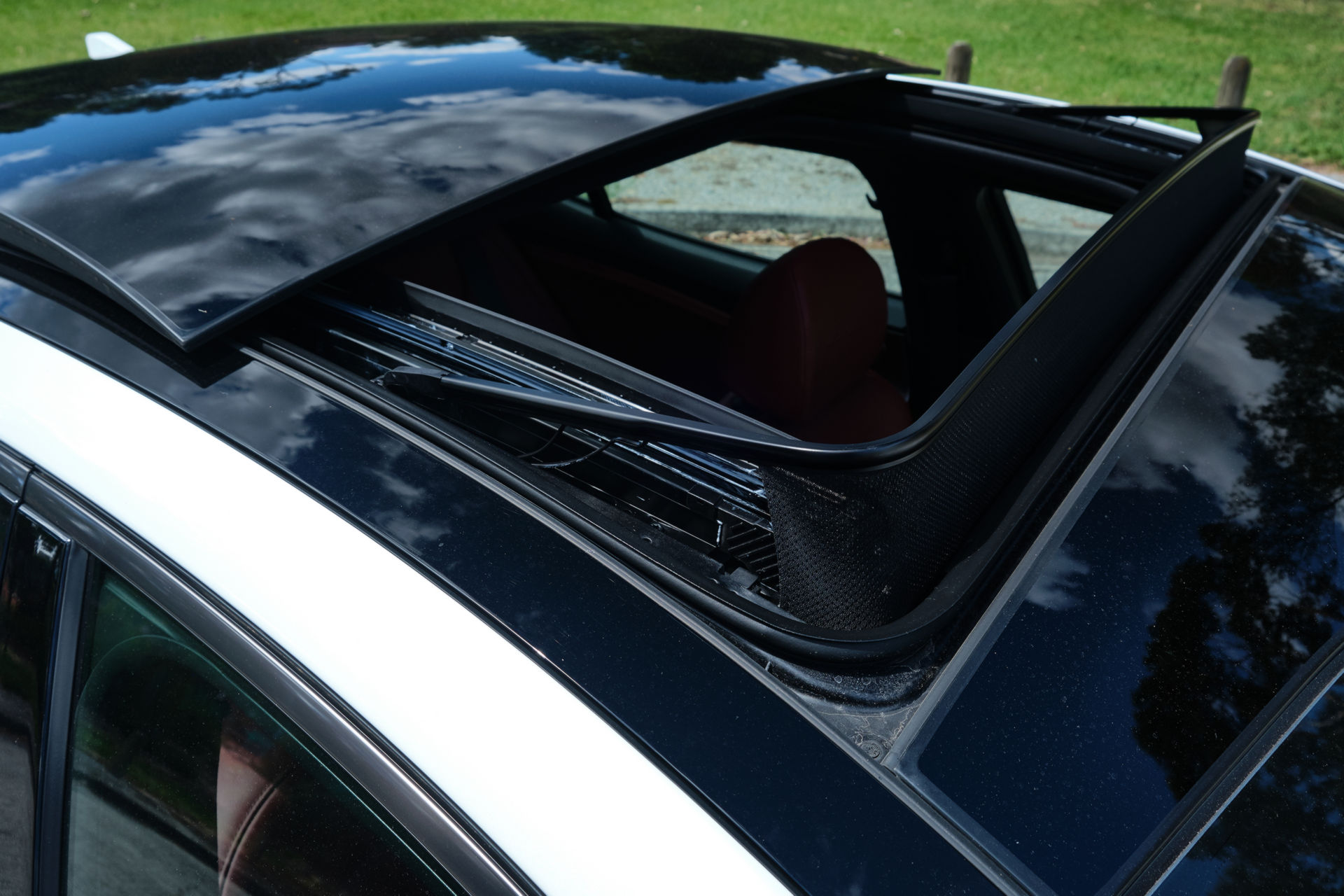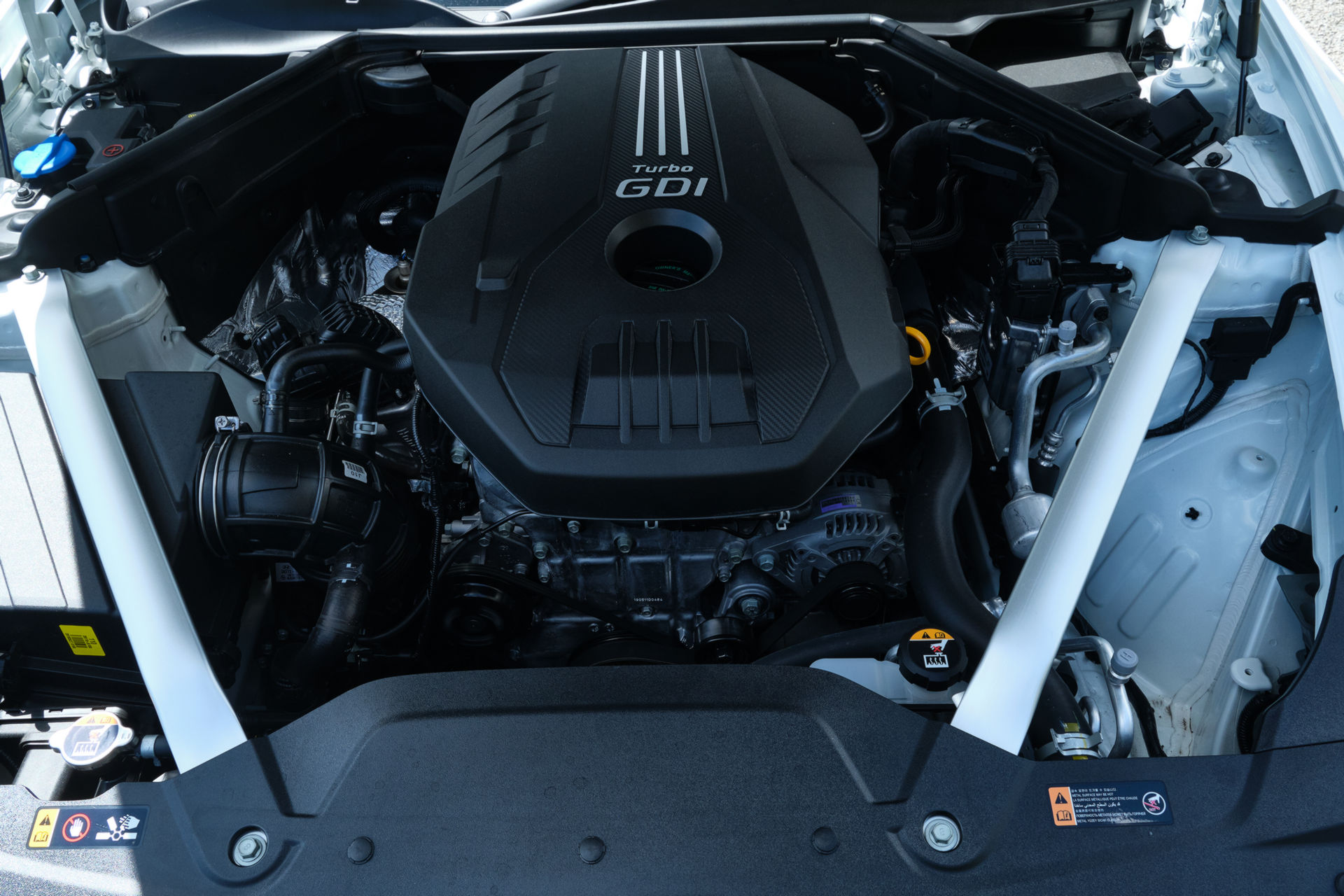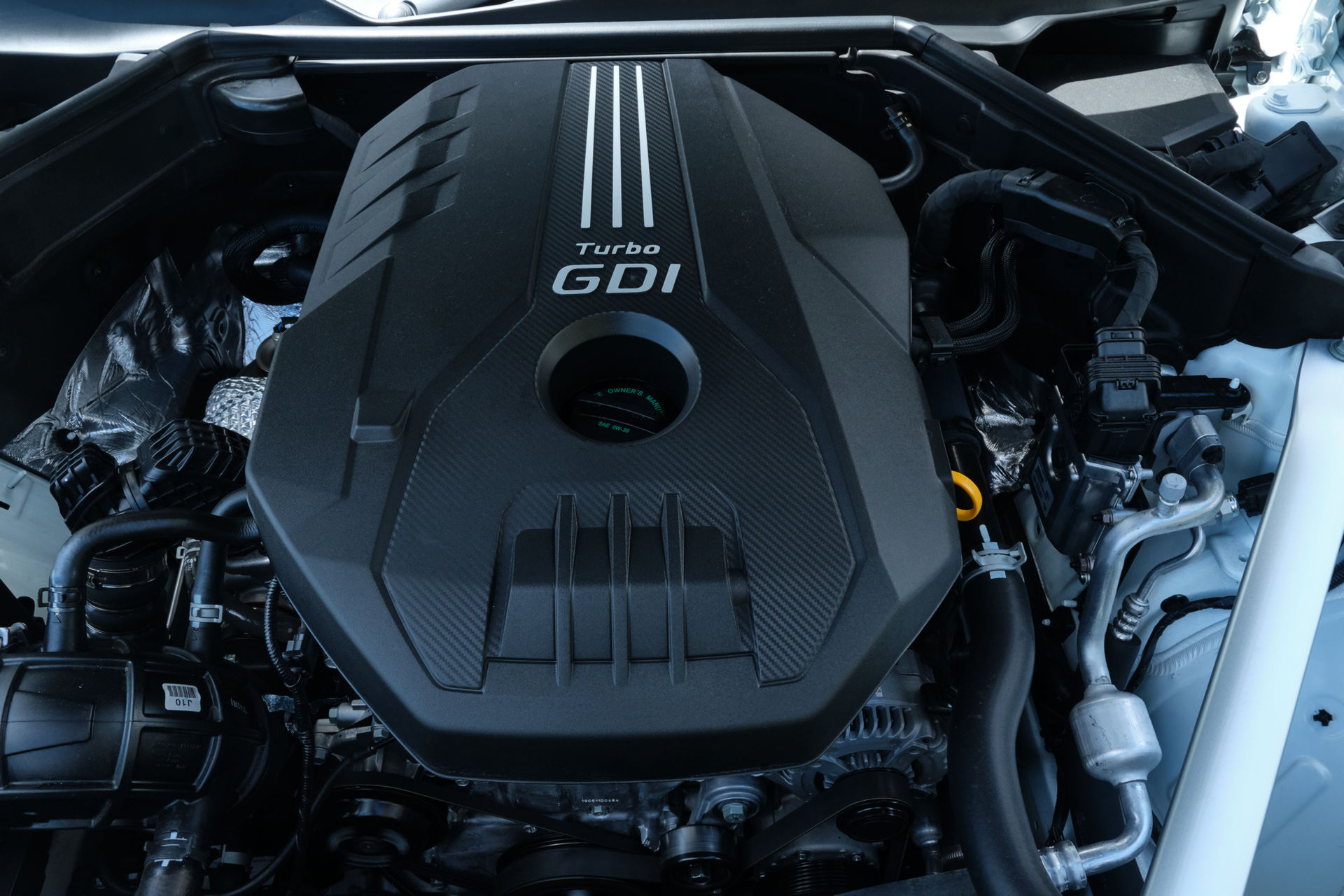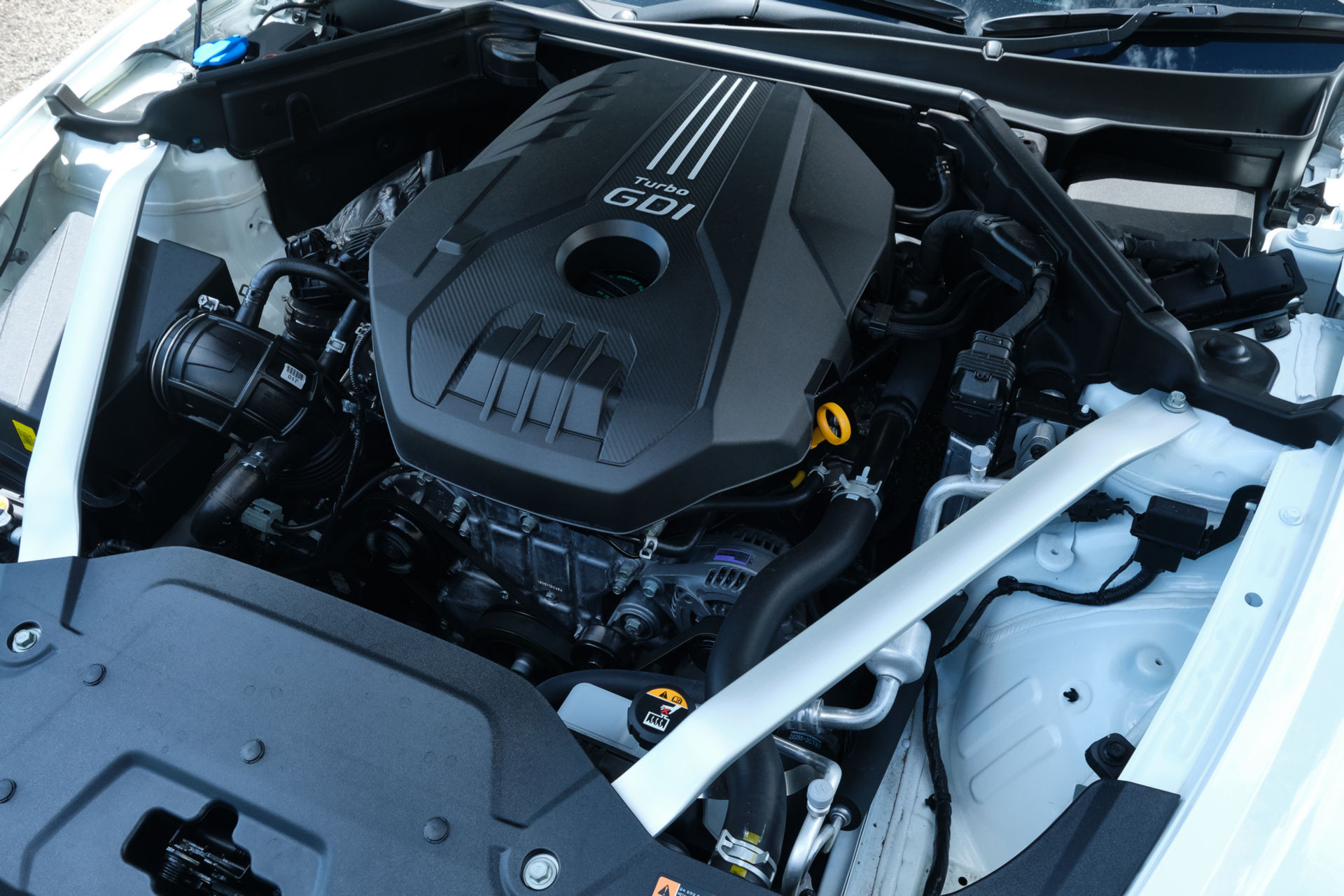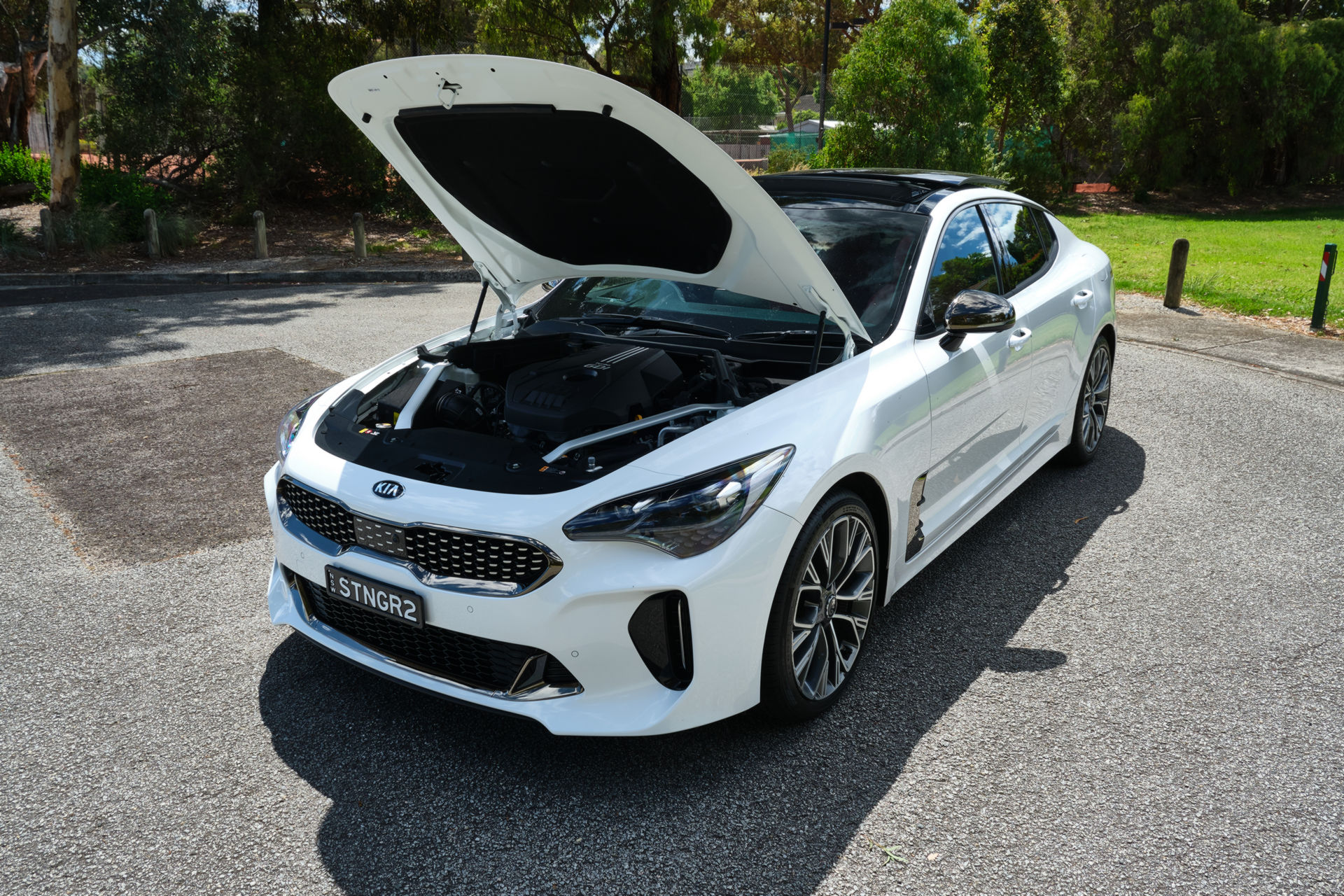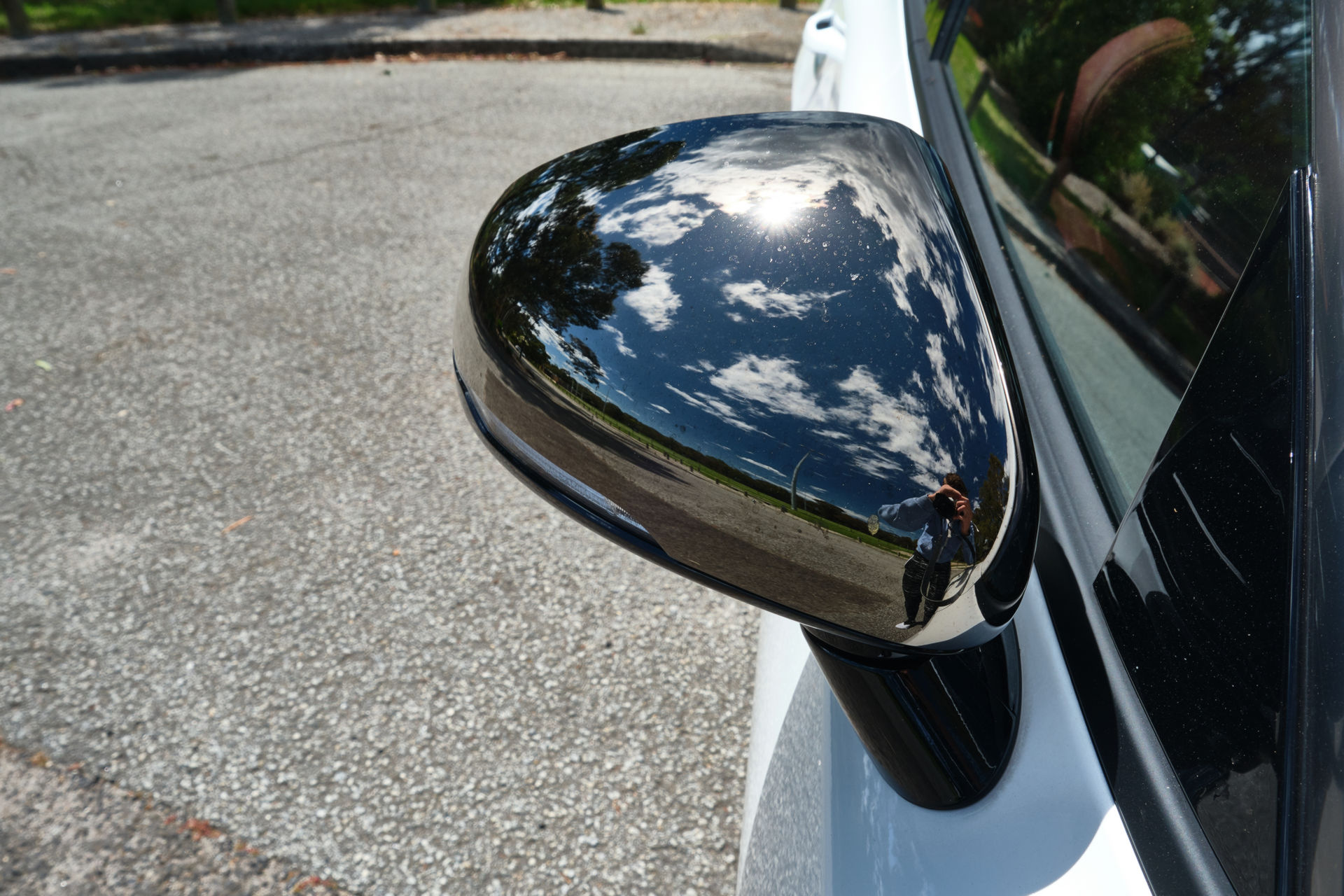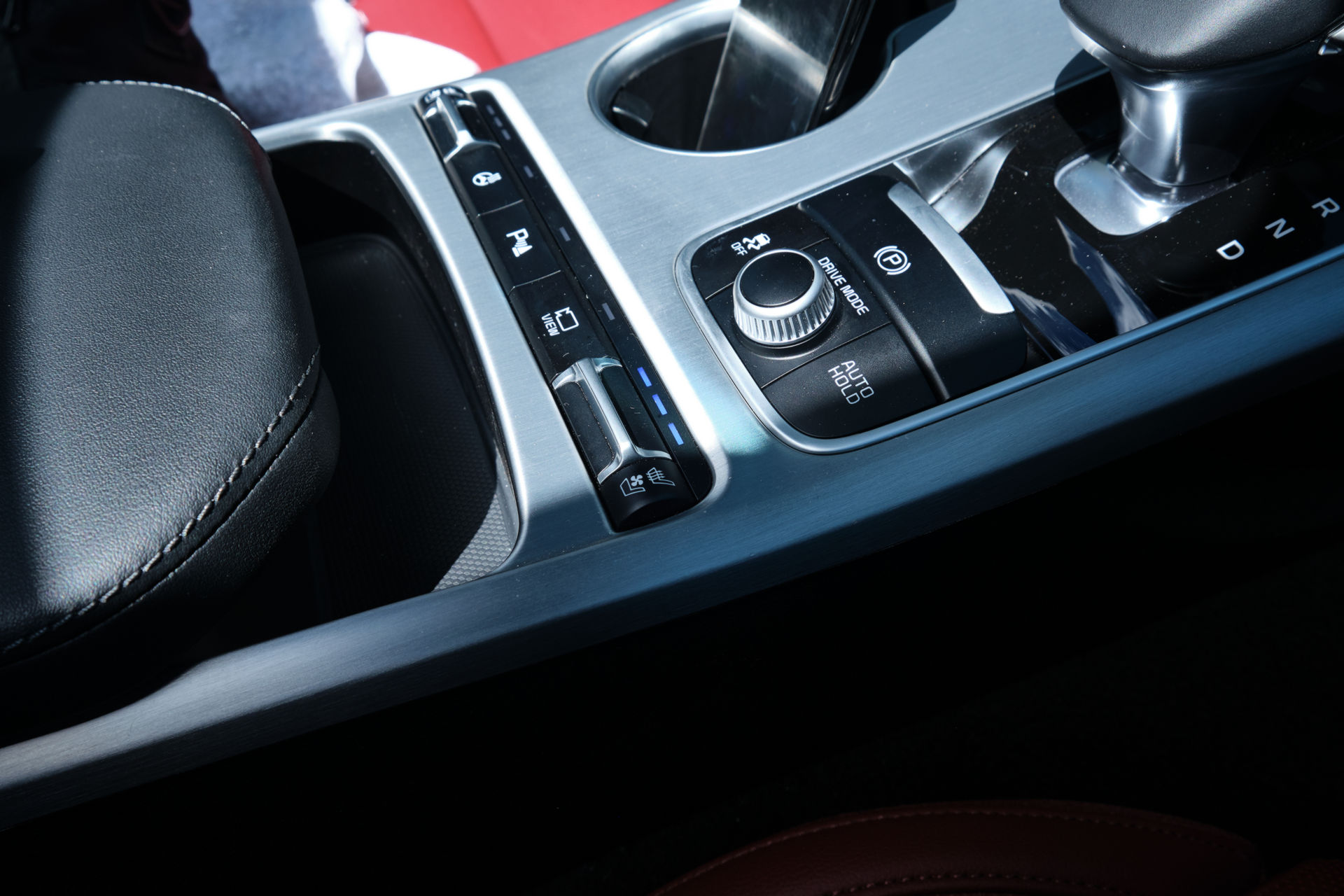It’s easy to get caught up in the idea that it’s only worth buying the top-spec variants of specific models. Indeed, I’ve found myself thinking just that many times in the past. After all, how could you live with the idea of knowing there is a faster and more powerful version of your new ride out there that you could have owned if only you’d stretched your budget a little? However, after recently spending a week with the 2020 Kia Stinger GT-Line 2.0L T-GDI Petrol Automatic, it’s easy to understand the appeal of entry- and mid-range models.
A Stinger for every buyer
Kia Australia’s Stinger family consists of no less than five models. The entry-level Stinger 200S 2.0L T-GDI and GT-Line 2.0L T-GDI are the only two that feature the base 2.0-liter turbocharged four-cylinder engine. Sitting above this pair are the Stinger 330S 3.3L T-GDI, GT 3.3L T-GDI, and the GT 3.3L T-GDI Carbon Edition, all of which feature the a 3.3-liter twin-turbo V6.
On paper, the 2.0-liter engine reads reasonably well, although none of the headline figures jump out at you. Peak power sits at 244 HP at 6,200 rpm while torque tops out at 353 Nm (260 lb-ft) between 1,400 rpm and 4,000 rpm. By comparison, the 3.3-liter V6 pumps out 365 HP and 510 Nm (376 lb-ft) of torque. Look at the spec sheet alone and you could be left scratching your head as to why anyone would choose the 2.0-liter. Dig a little deeper and you will find out why.
For starters, there is the price. Those looking to pick up the Stinger GT-Line can do so from AU$56,290 (US$38,367) plus on-road costs, a generous AU$4,500 (US$3,067) less than the 3.3-liter V6 GT. Our test car had a drive away price of AU$60,185 (US$41,022) including the AU$695 (US$473) premium paint.
The second reason to consider the 2.0-liter reveals itself when you starting driving the thing.
Figures are all well and good on paper, but in the real world, they’re generally not as important as people think. Having a powerful engine like the 3.3-liter is fun, no doubt about it, but for everyday driving, there is only so much power you can actually use or need – and the Stinger GT-Line hits that sweet spot.
Performance anyone can handle
Kia quotes a 0-100 km/h (62 mph) time of 6.0 seconds, and the car feels every bit as brisk as that. For maximum straight-line performance, drivers can switch the car into Sport mode, disabled the traction and stability control systems, hold down the brake pedal and pin the throttle to enable launch control. Without too much power to worry about, the eight-speed torque converter transmission propels the car forward through the rear-wheel drive system without a hint of wheel spin. Acceleration is linear and more than enough to surprise unsuspecting passengers.
During normal driving, the engine and transmission combo are more than up for the task. The respectable 353 Nm of torque makes overtaking a breeze and the ‘box shifts through the gears with little fuss. Stab the throttle with the transmission in auto mode, however, and it can be a little slow to respond. This can be easily prevented by using the paddle shifters. Unfortunately, there’s no dedicated manual mode, meaning the transmission will kick back into action and shift for you when it deems necessary.
All of what you need, none of what you don’t
Characterful isn’t a word that jumps to mind with the engine. Sure it has decent power, but there’s very little emotion to it. Kia seems to be aware of this and has fitted the car with a noise generator that pumps engine sounds through the speakers. There are three different levels of artificially generated engine sounds available, though none of them sounds good and the system is best when switched off, allowing drivers to enjoy the serenity of the powertrain.
One particularly obvious advantage of the 2.0-liter is fuel economy. Kia quotes an average consumption of 8.8 liters per 100 km (26.7 mpg). On a number of highway jaunts, we were able to slip into the 7.0 l/100 km (33.6 mpg) range, but if you drive the Stinger 2.0L more aggressively in urban environments, fuel consumption near 15.0 l/100 km (15.7 mpg) isn’t out the question.
Comfort to (almost) rival the Germans
Beyond the powertrain package, the 2020 Stinger GT-Line is much the same as higher-spec models. The cabin of our test car was clad in beautiful red leather and came complete with an 8.0-inch infotainment system, Android Auto, Apple CarPlay, an excellent 15-speaker Harman Kardon audio system, satellite navigation, a heated steering wheel, wireless phone charging and a large sunroof.
The front seats are particularly impressive. Both are powered and the driver’s includes memory settings and adjustments for the side bolsters. Drivers can tweak how much or how little the side bolsters hug your rib cage or switch the car in Sport mode and have them fully inflate to keep you in place. Heated and cooling functions are also a nice addition.
Safety and driver assistance systems are found in abundance. The Stinger GT-Line is equipped with seven airbags, a superb 360-degree camera system, rear-view camera, front and rear park sensors, lane-keep assist, radar cruise control, autonomous emergency braking, and a bonnet that pops up to protect pedestrians.
One aspect of the cabin we’re not so fond of is the lack of boot space. Due to the sloping roofline and overall design of the rear, luggage space sits at just 406 liters (14.3 cubic feet) and it is surprising how shallow the boot is. For a car of this size, it would be nice to have a little more space when the rear seats are up. Thankfully, they can be folded down, in which case luggage space swells to 1,114 liters (39.3 cubic-feet).
Kia has given the Stinger GT-Line a bespoke suspension tune and it rides very well, particularly when driven in the Comfort and Eco modes. Switch into Sport mode and the suspension stiffens up significantly but certainly isn’t too harsh to use on a daily basis. Throughout my week with the car, I generally drove it in Custom mode with the engine and transmission in Sport while the suspension and steering were set to Comfort. Hustled through corners, this combination helps the driver feel very connected to what is going on beneath them and it’s easy to correct the your trajectory at speed via the brakes, throttle or steering.
Superb value for money
The 2020 Kia Stinger GT-Line sells in Australia with a capped price servicing plan. For the first year or 10,000 km, a service costs AU$298. Prices for the subsequent six years or 60,000 km sit at $484, $369, $670, $335, $618, and $754 respectively.
There’s no doubt that local Stinger models powered by the flagship 3.3-liter V6 engine have some added appeal to them. However, the Stinger GT-Line 2.0L T-GDI performs well enough in all areas that, even if you were to pull up alongside a 3.3L model at the traffic lights, you wouldn’t feel as though you’d made the wrong decision.



